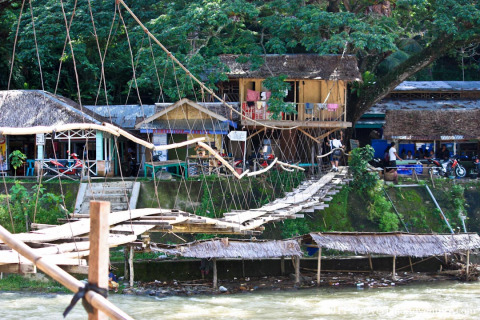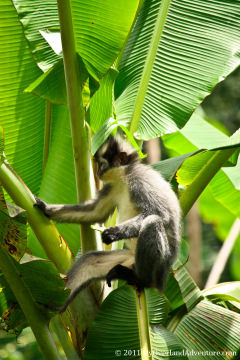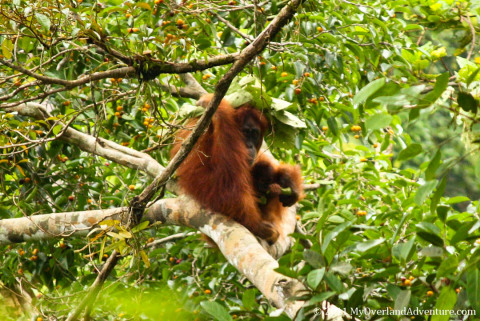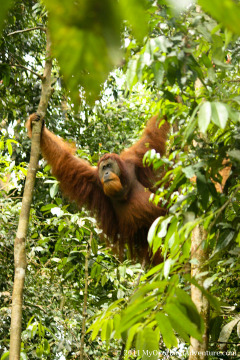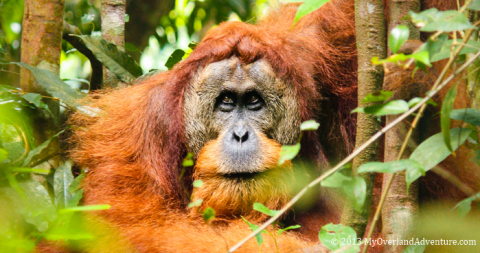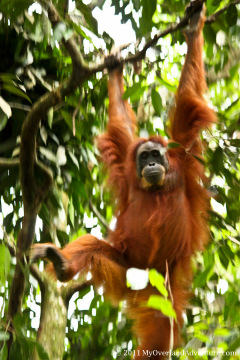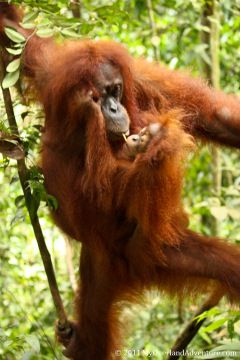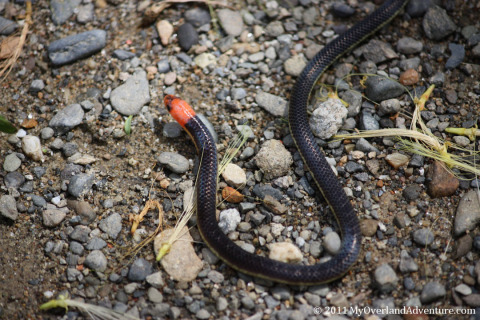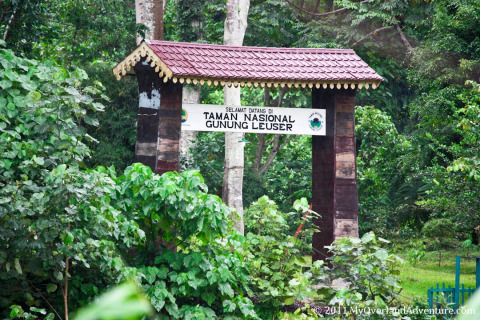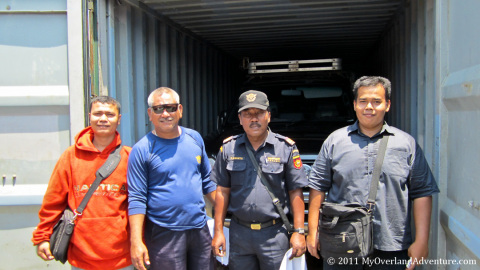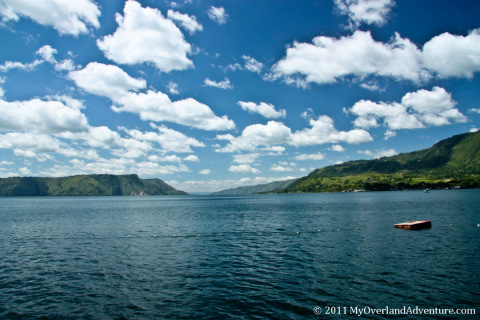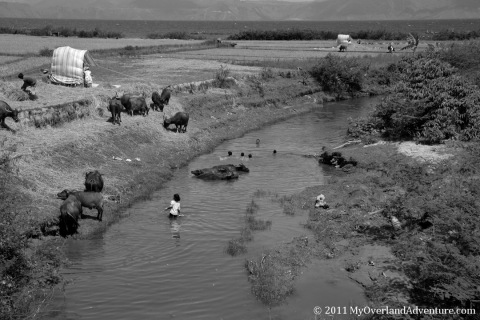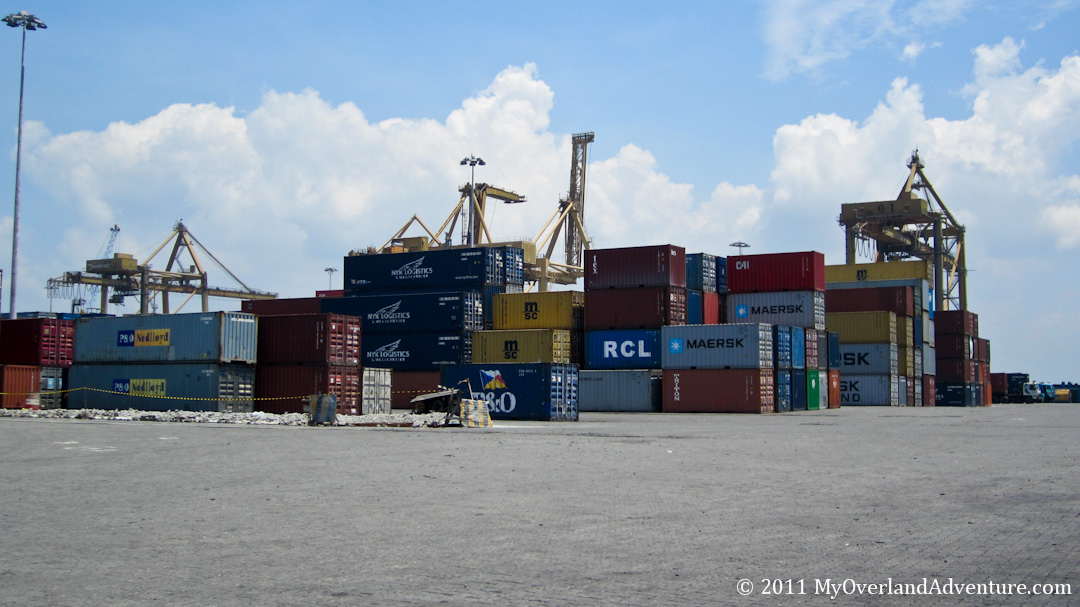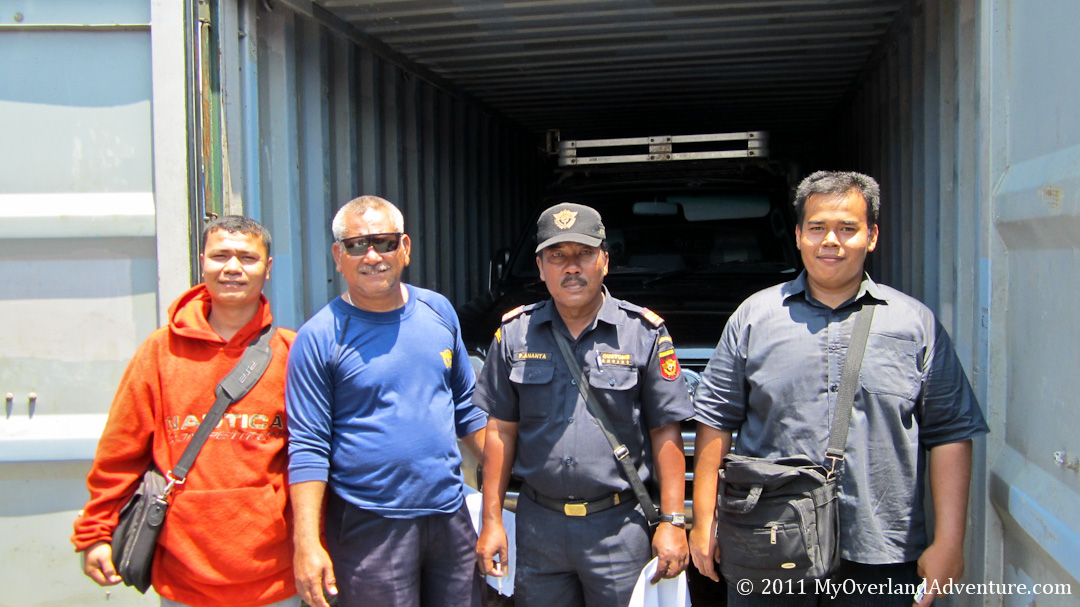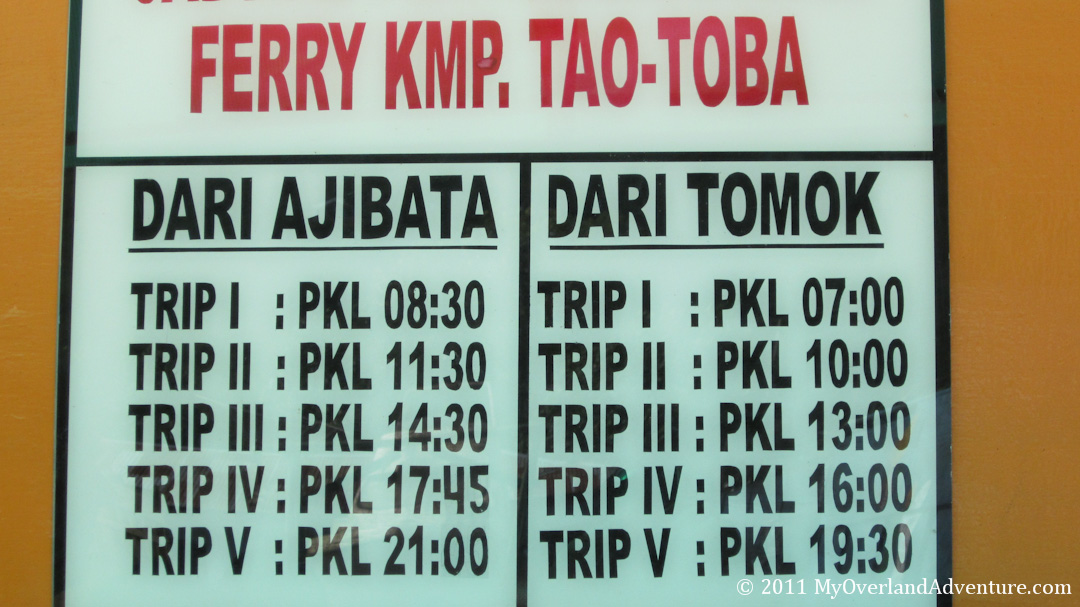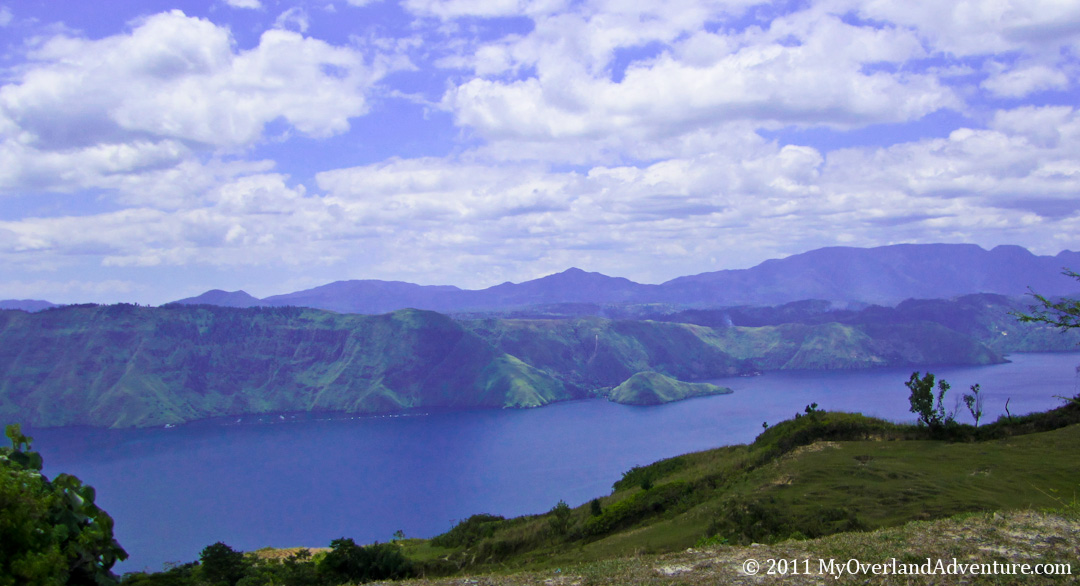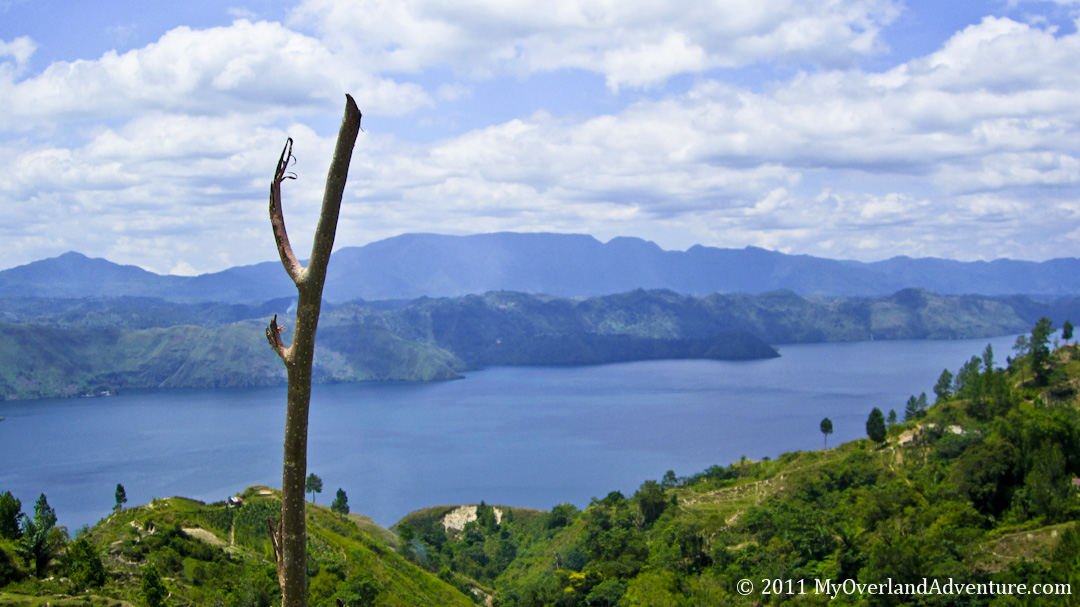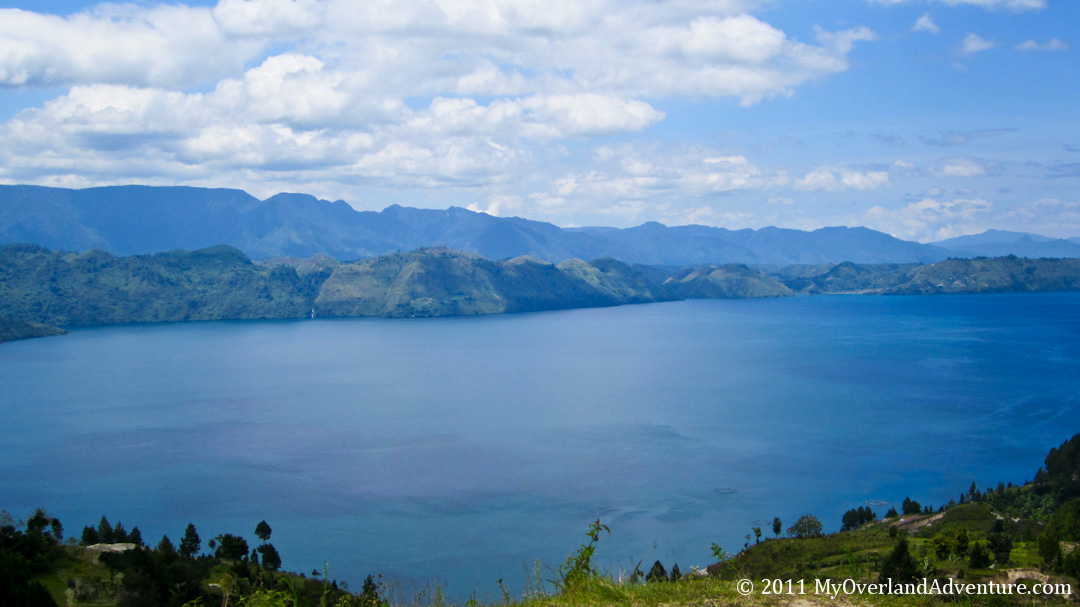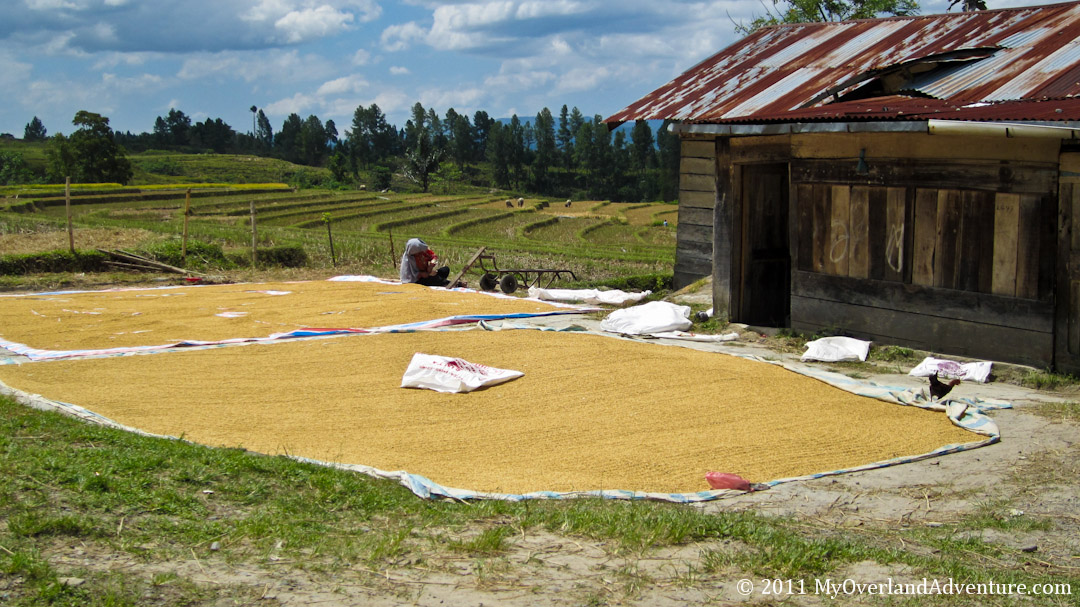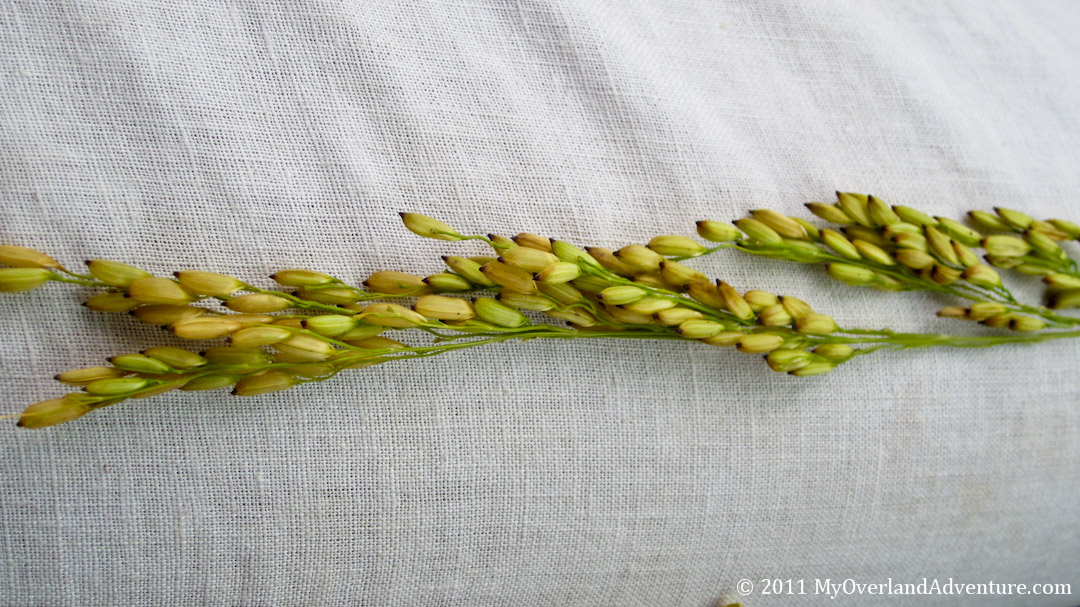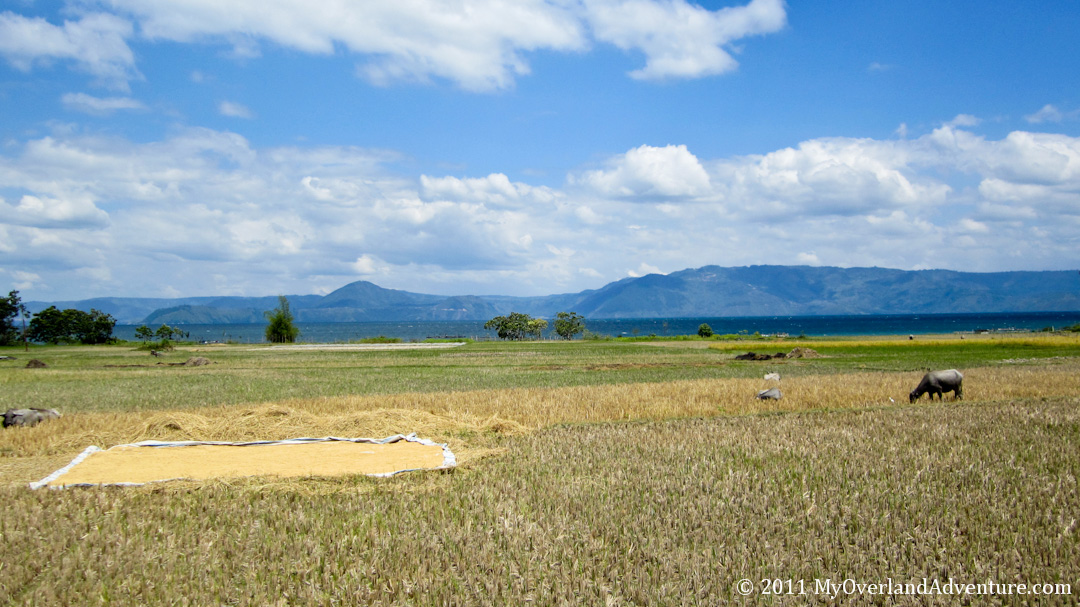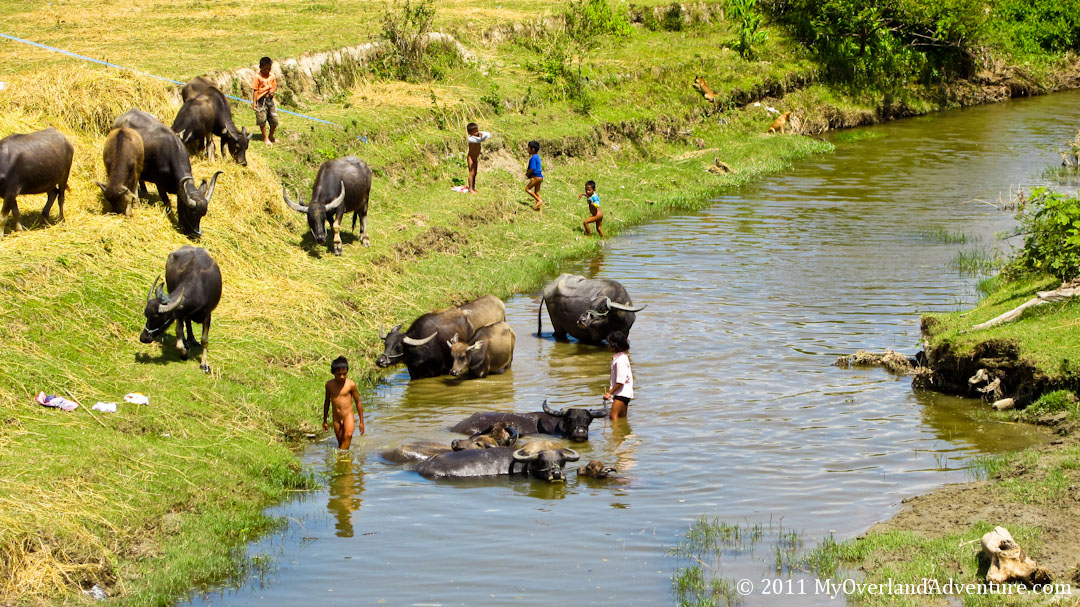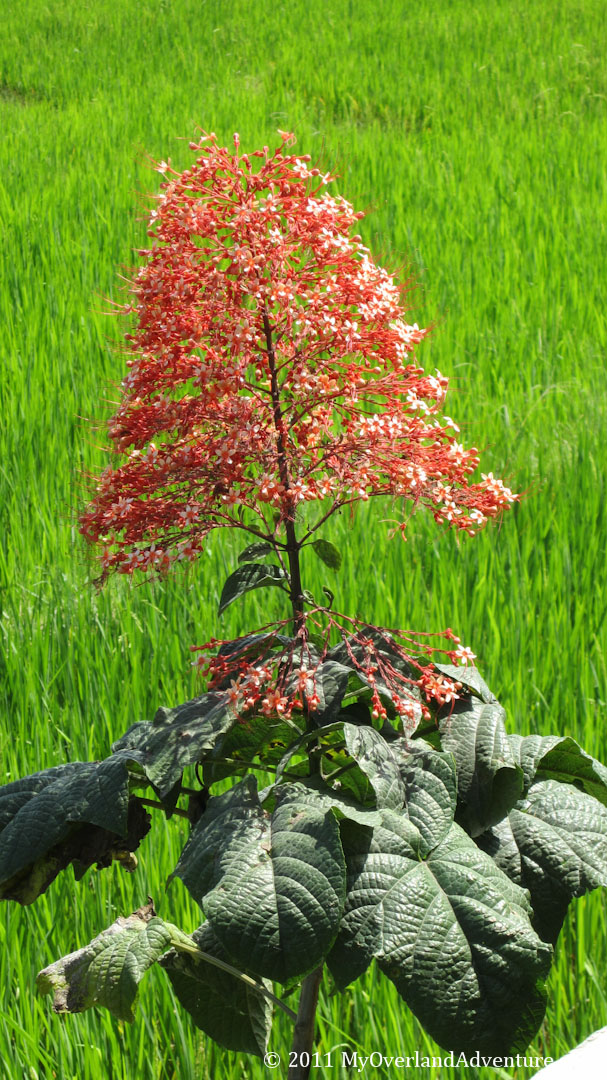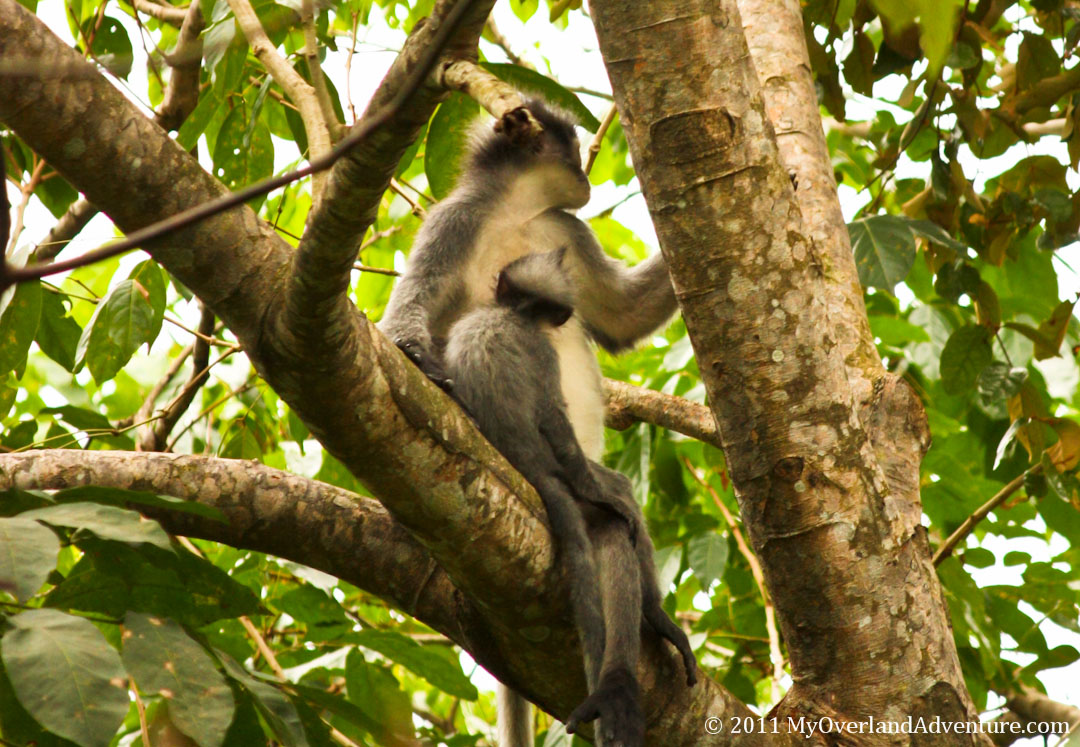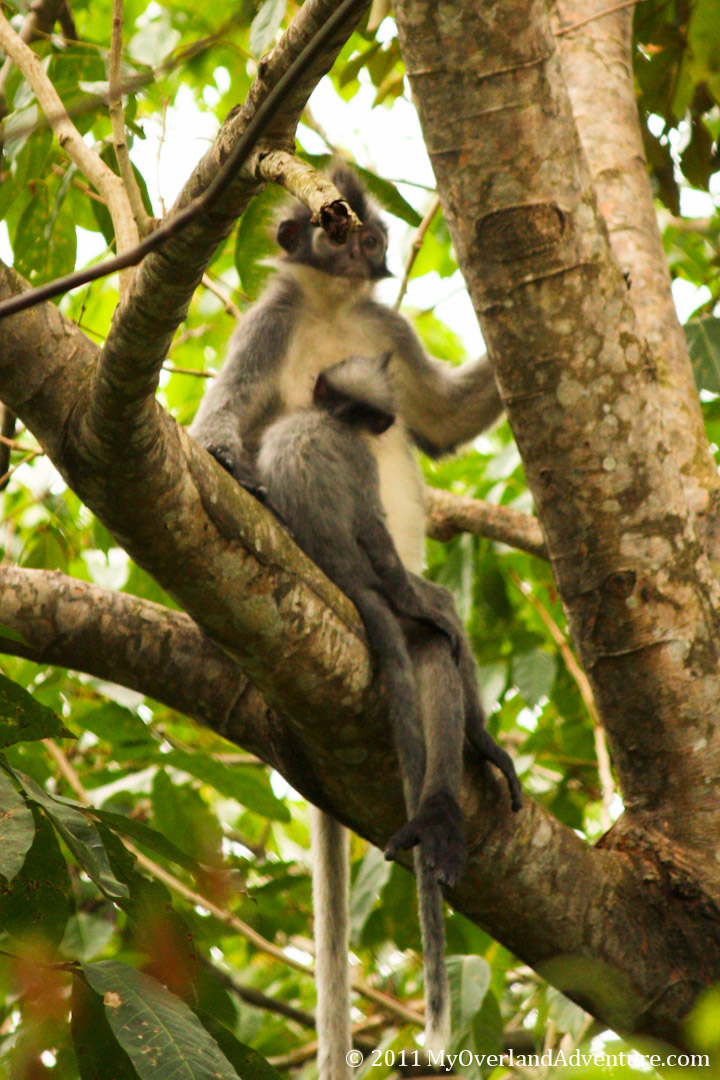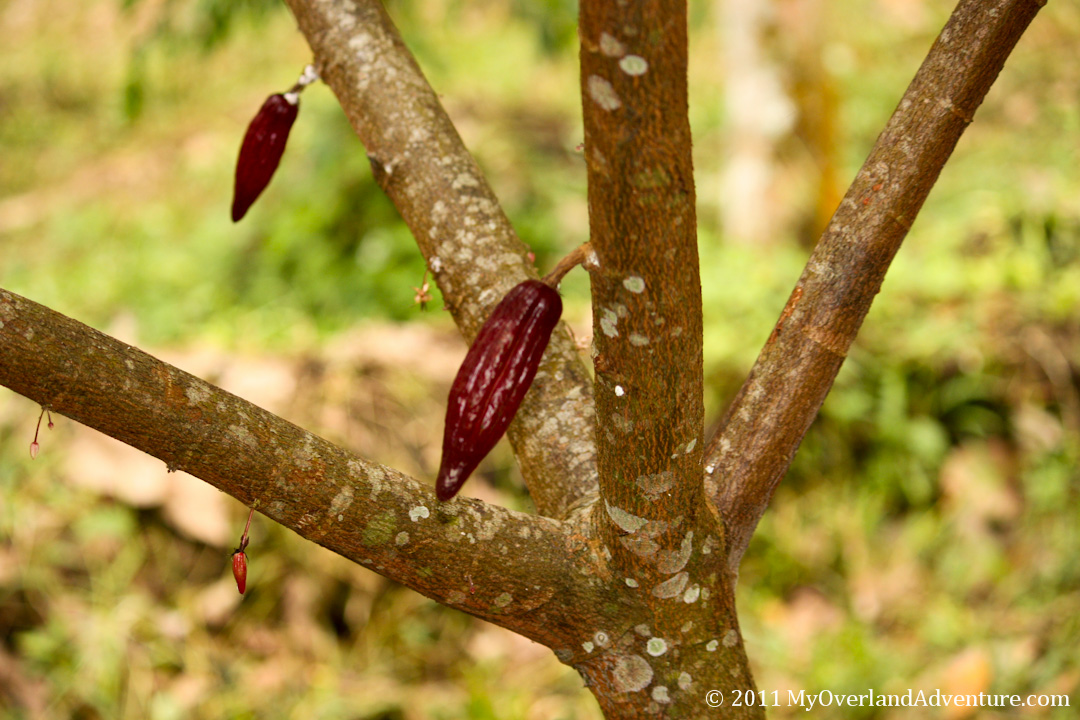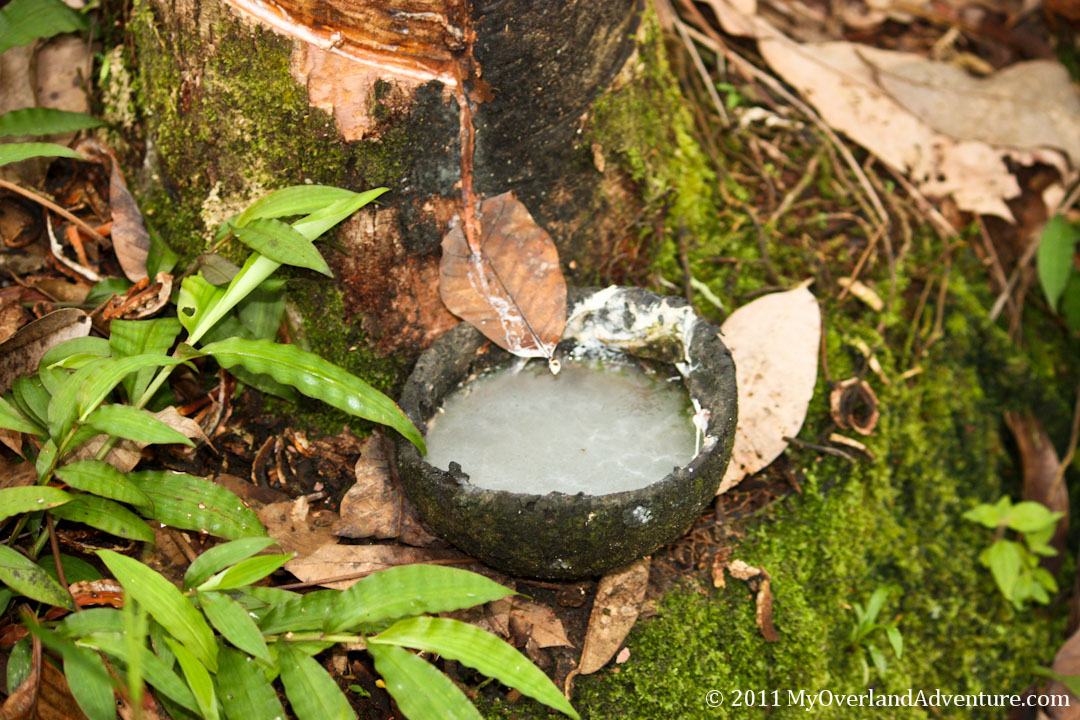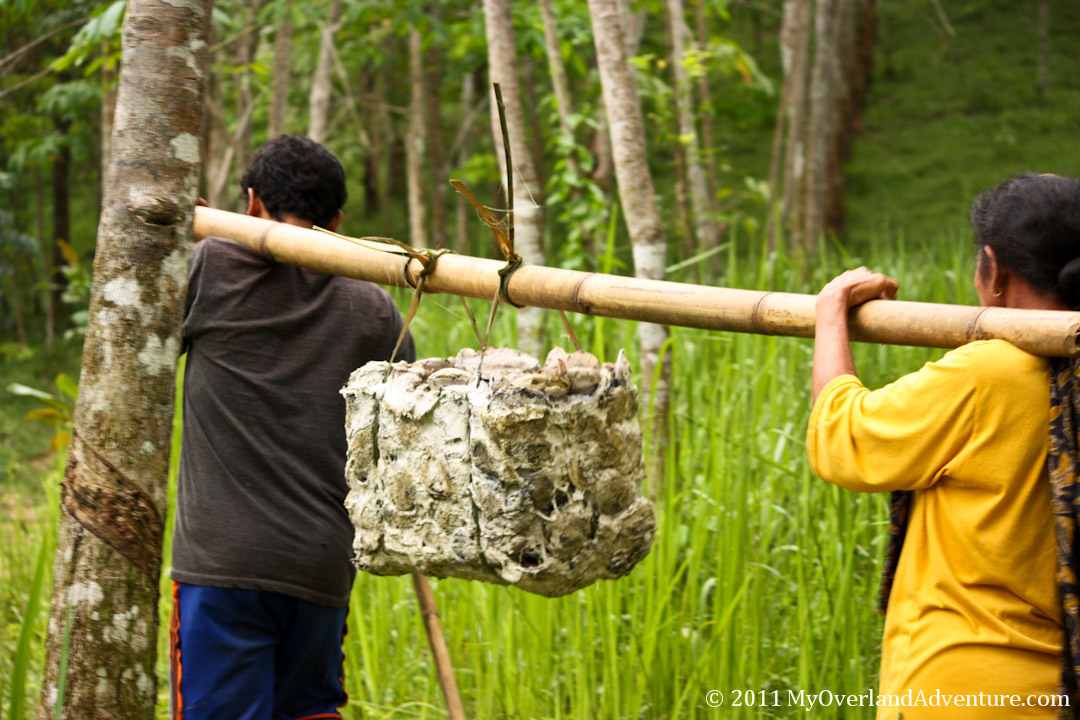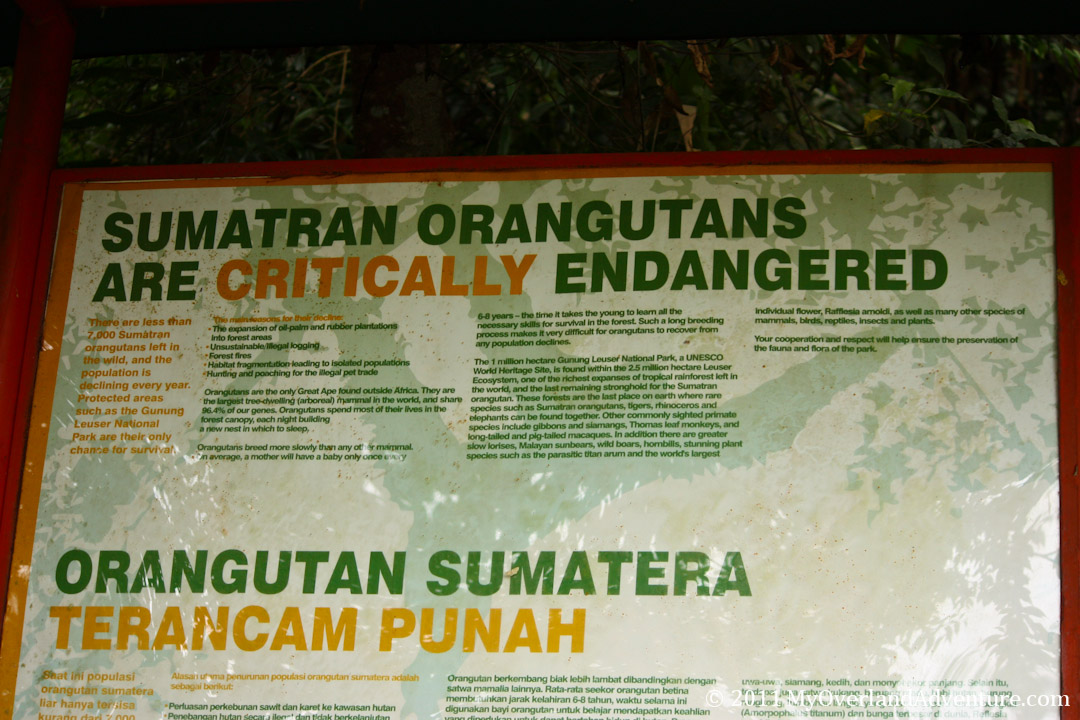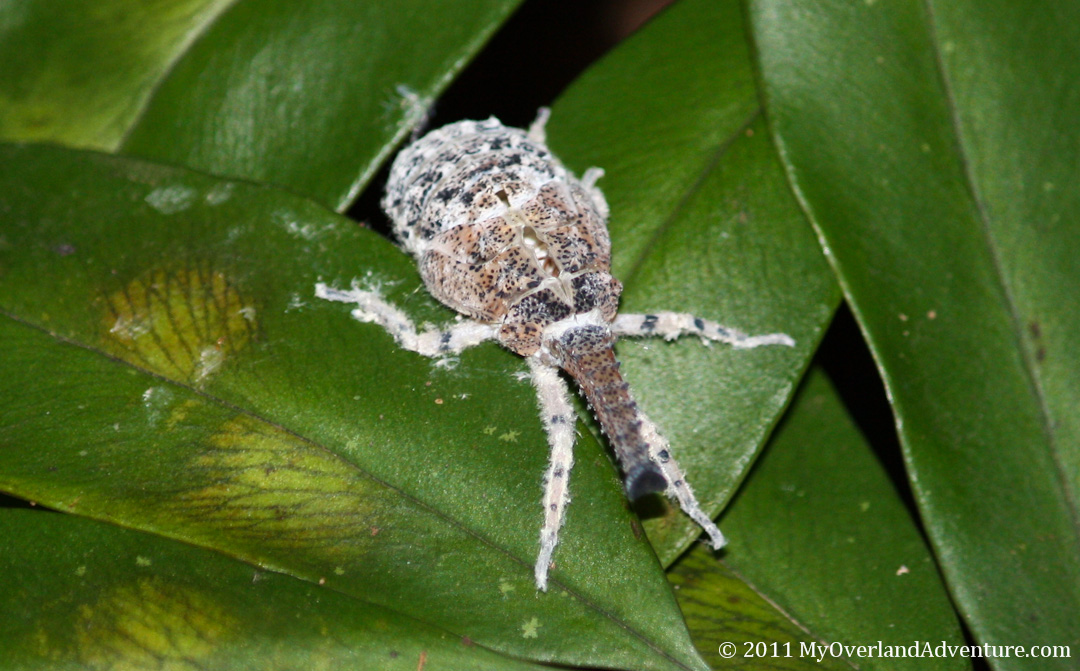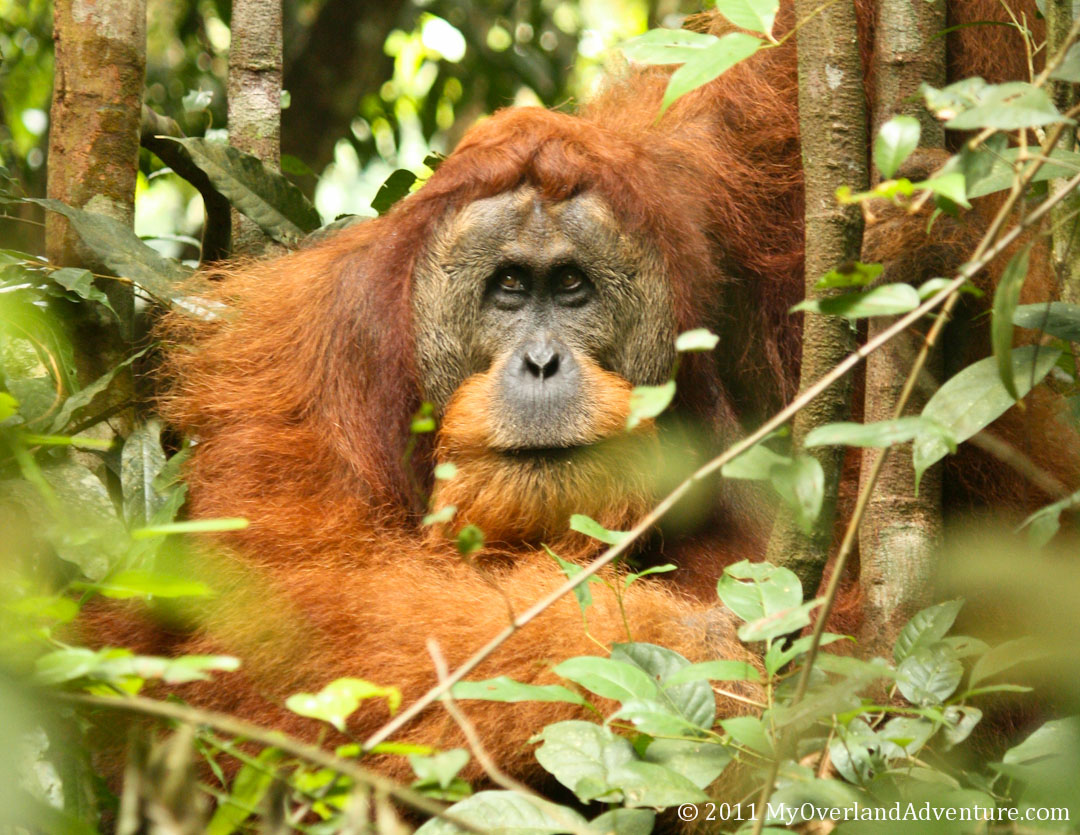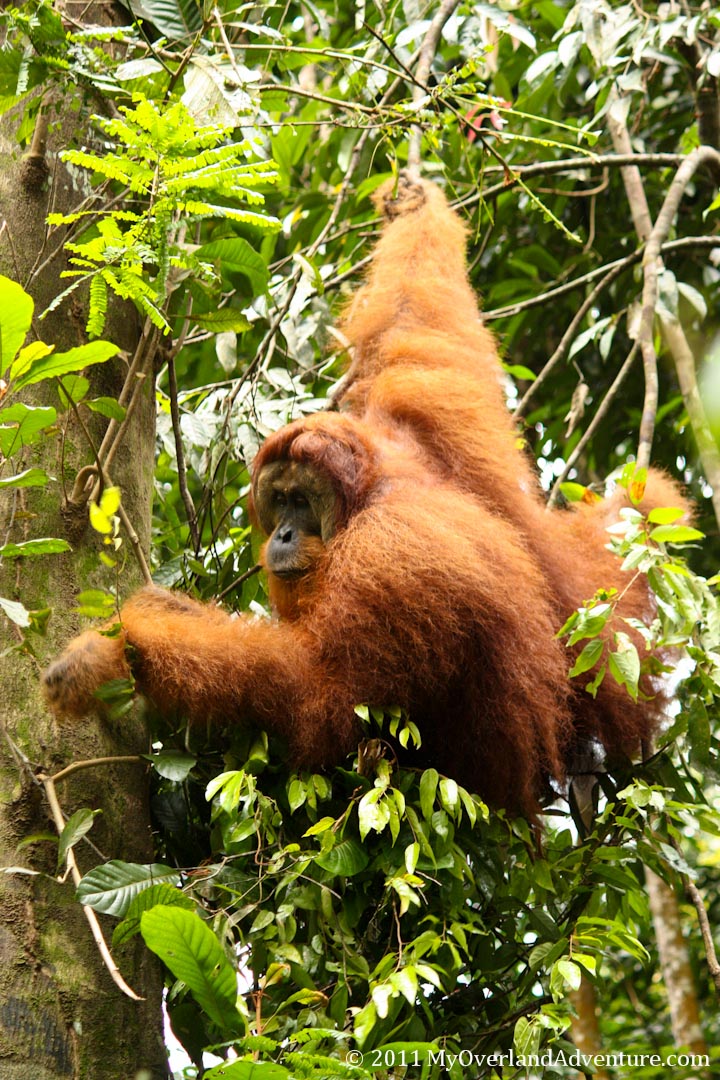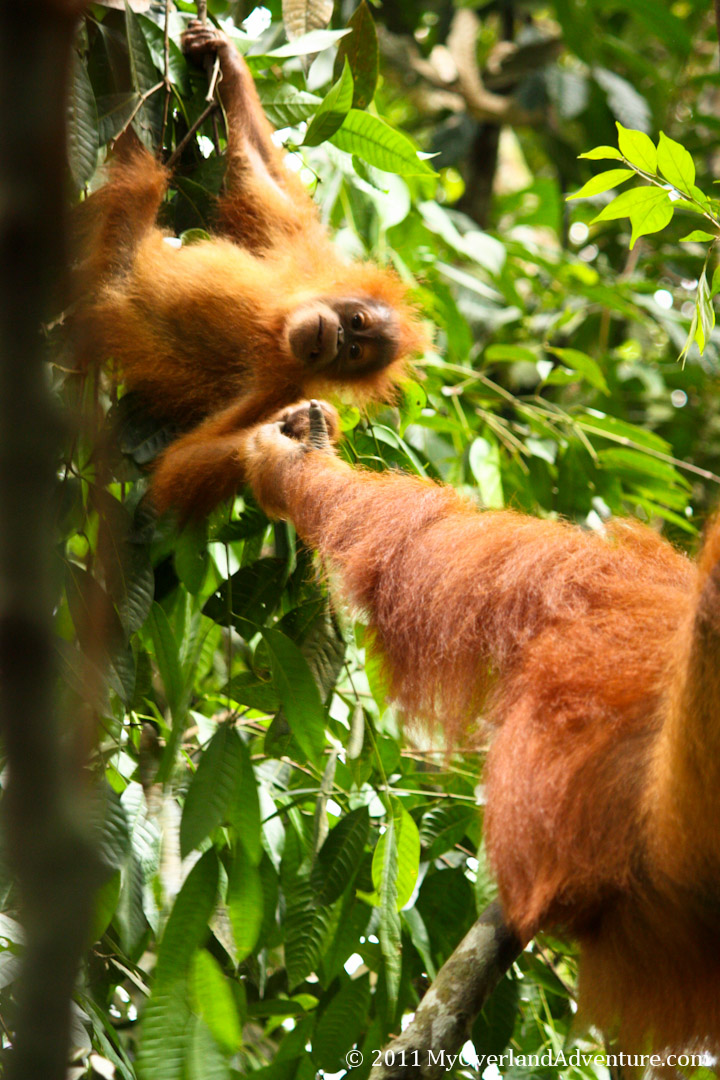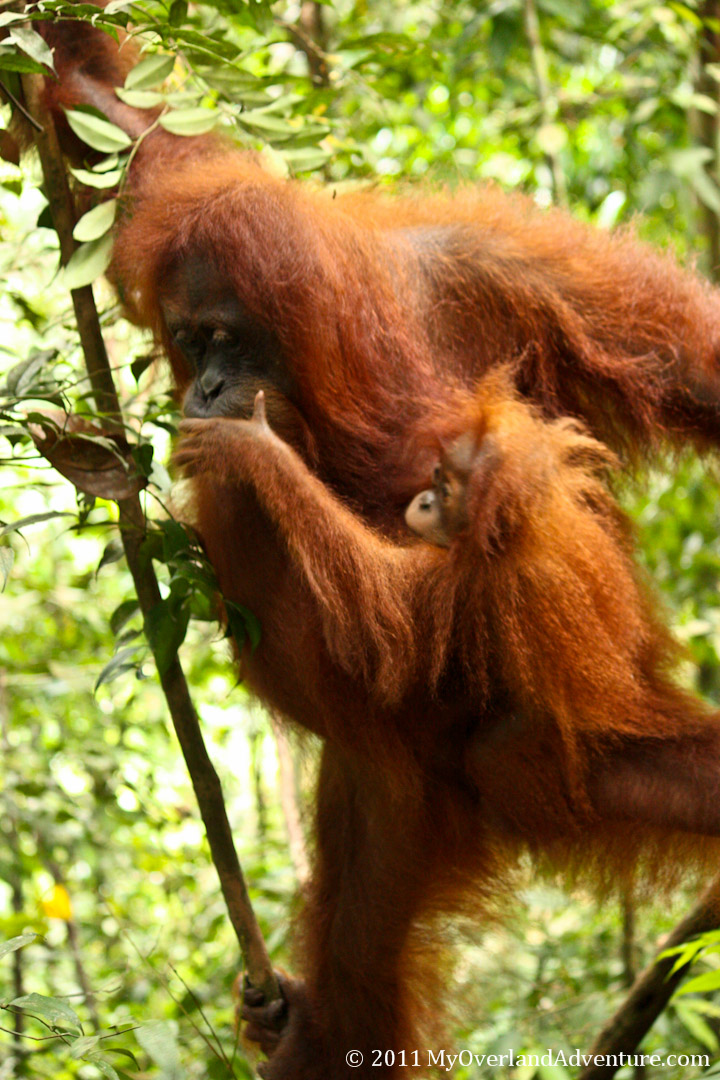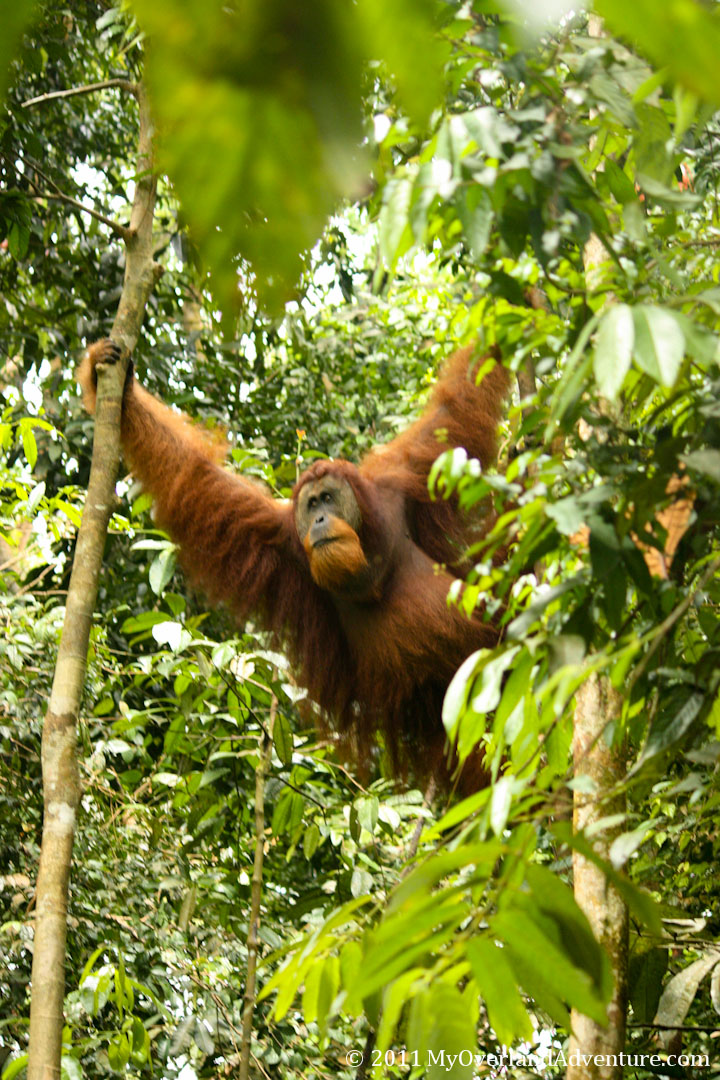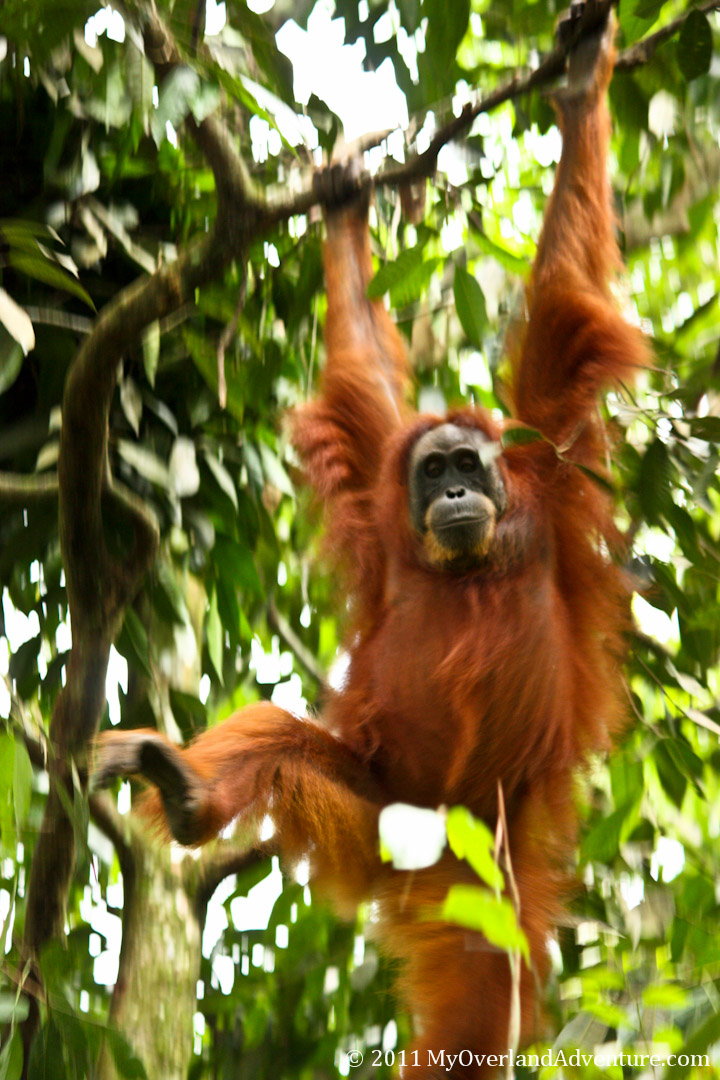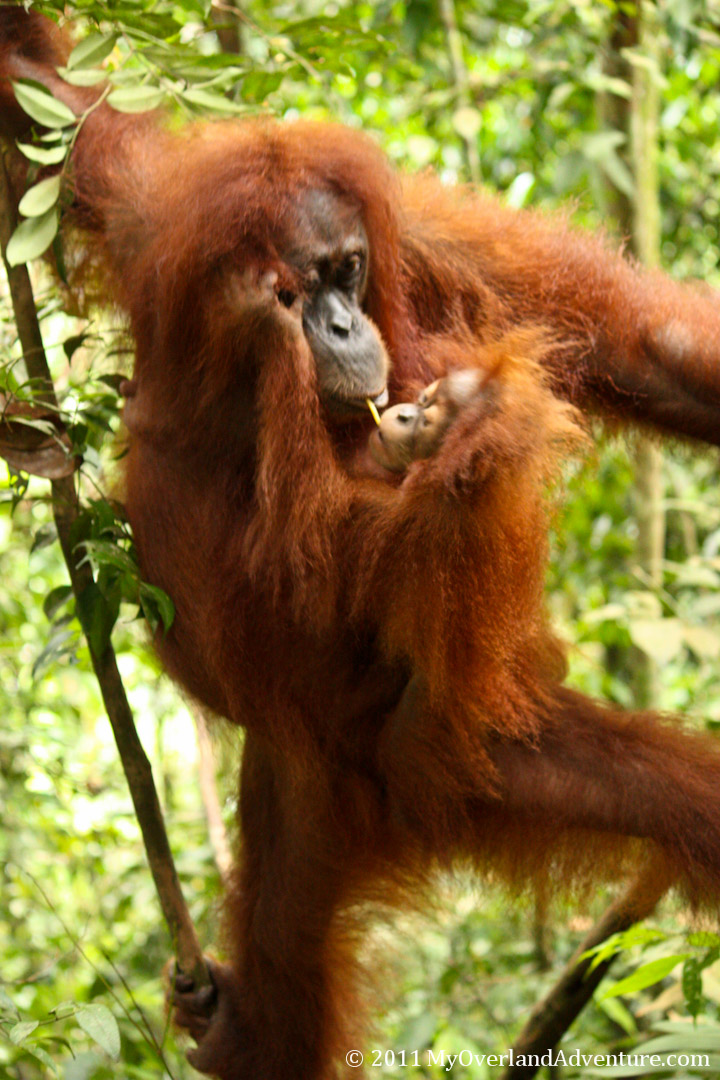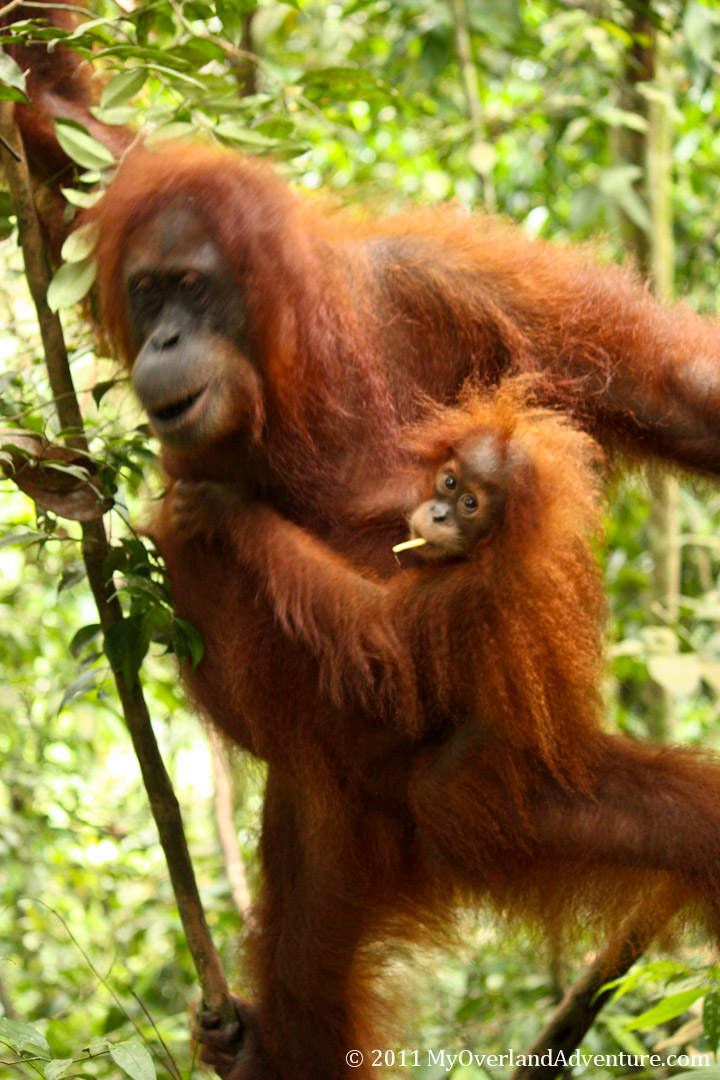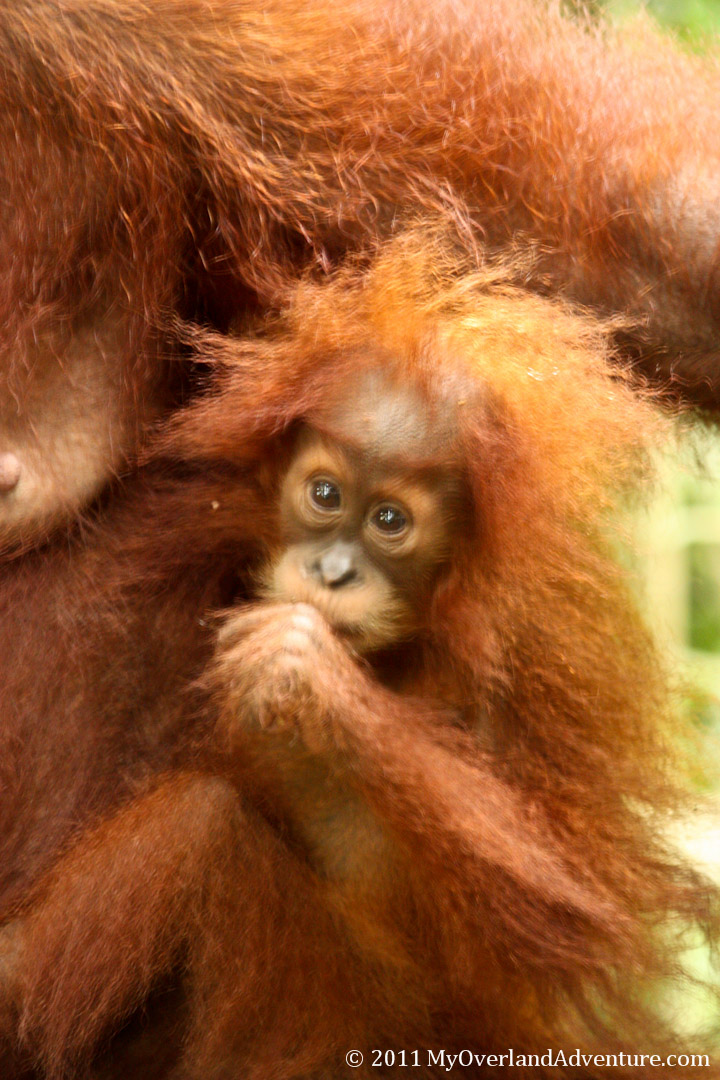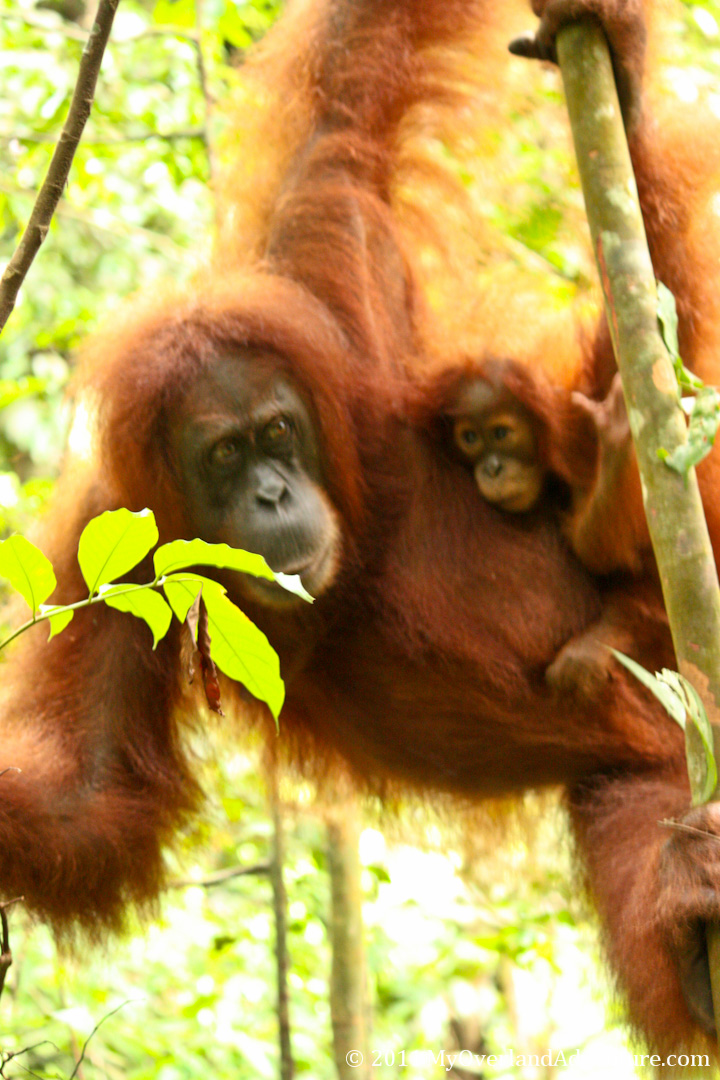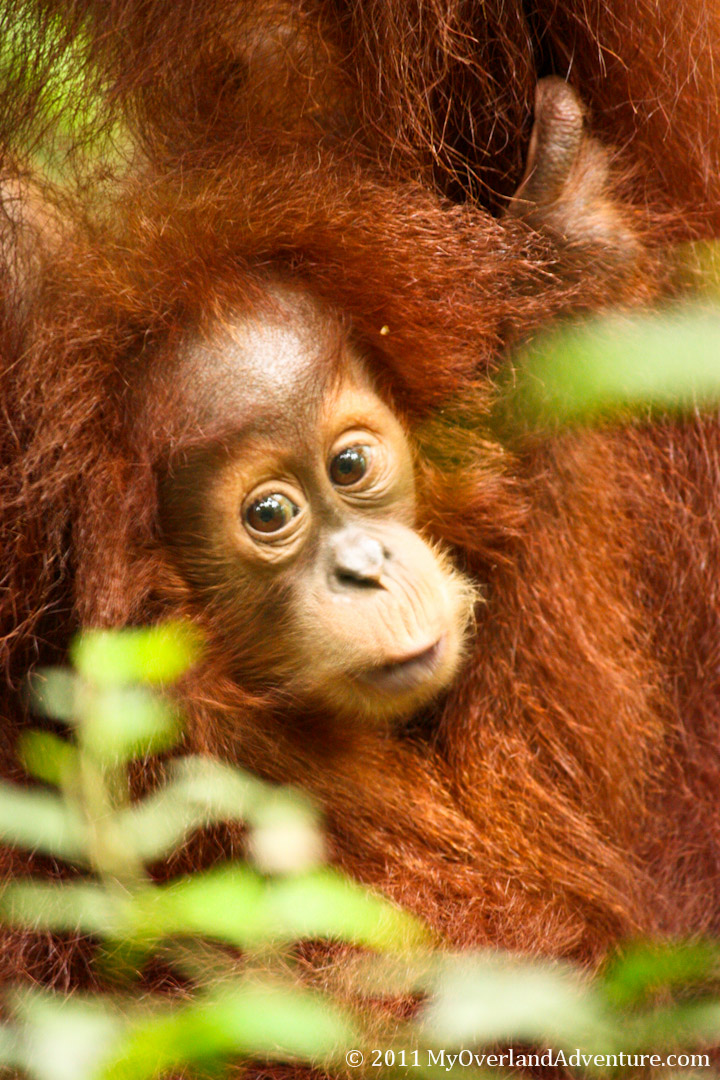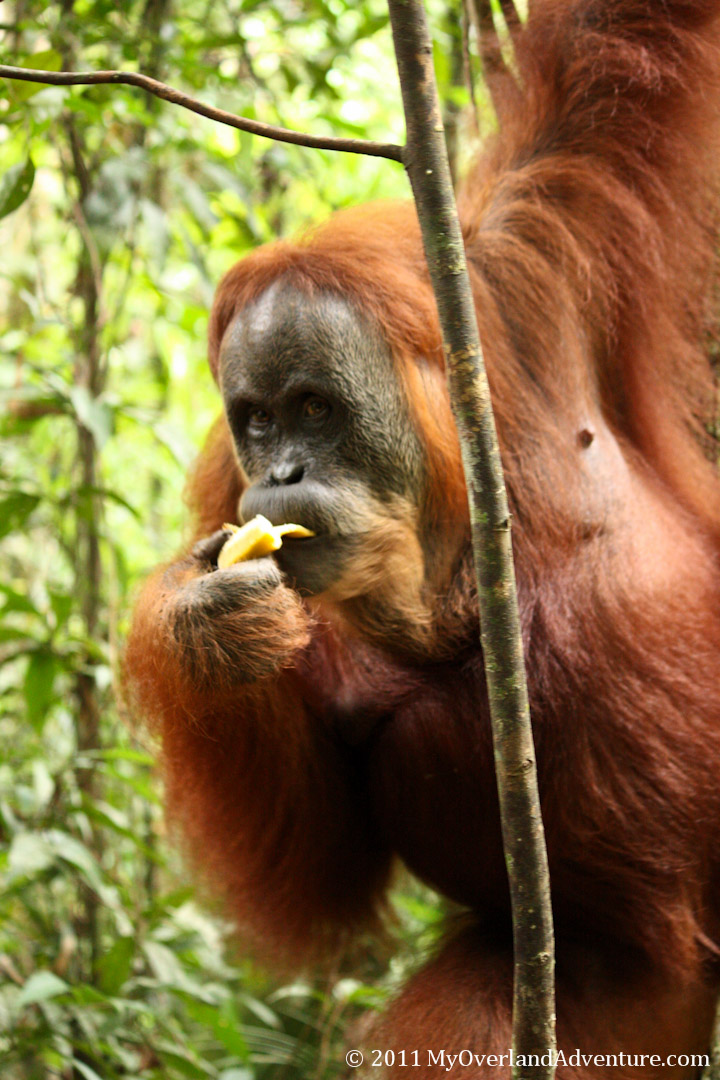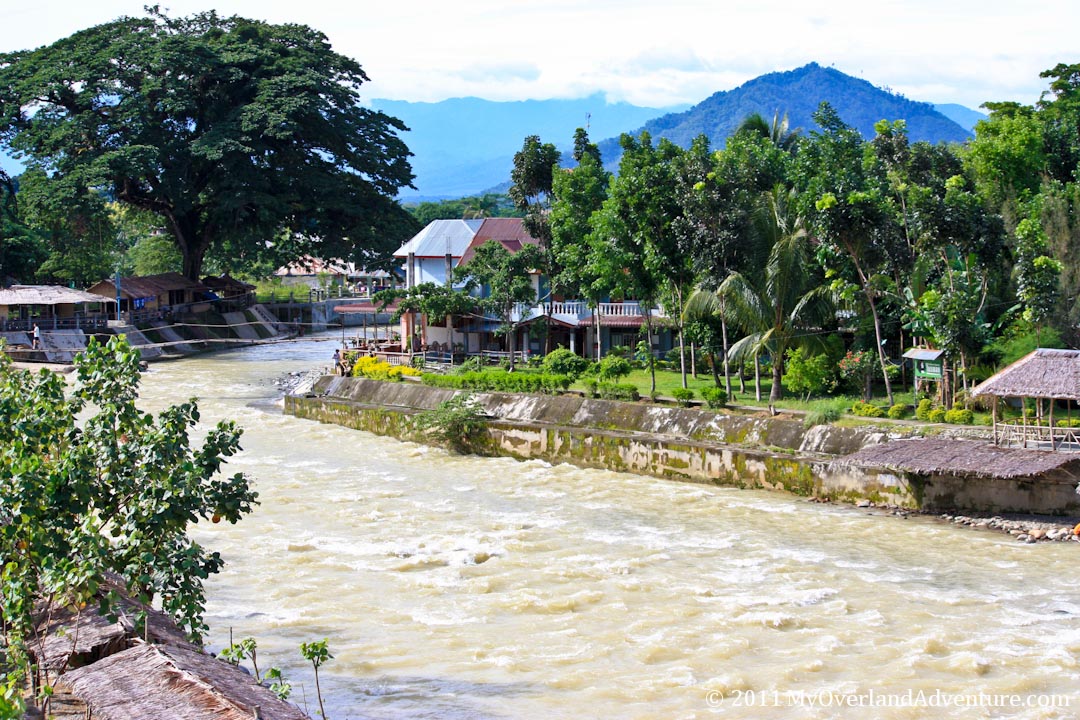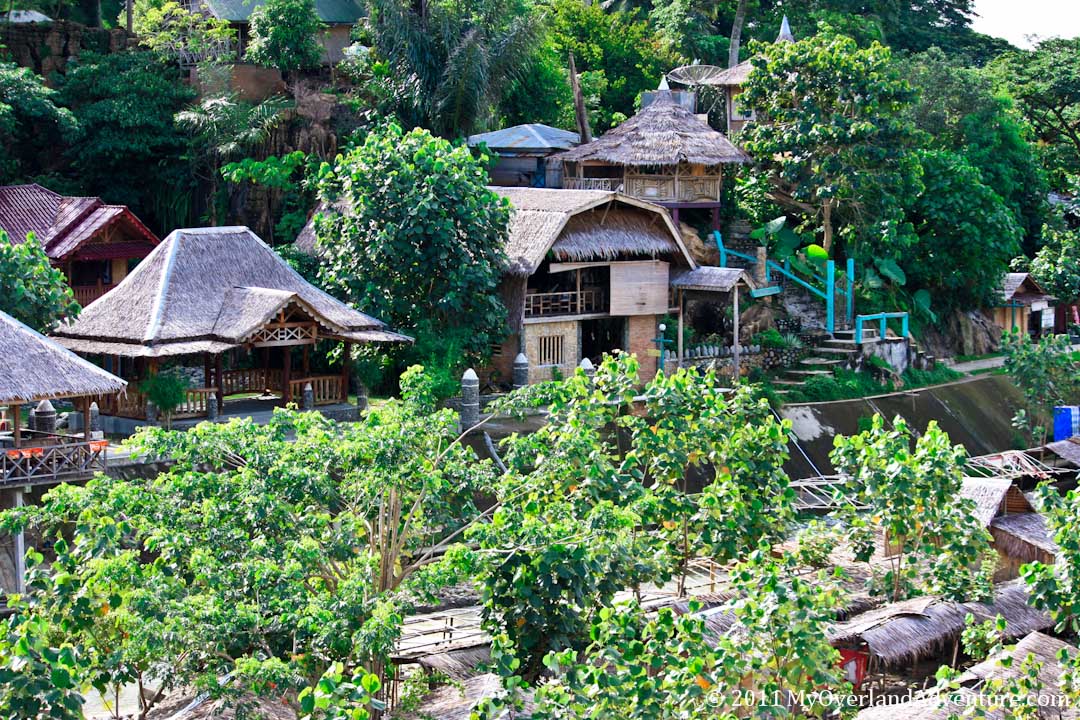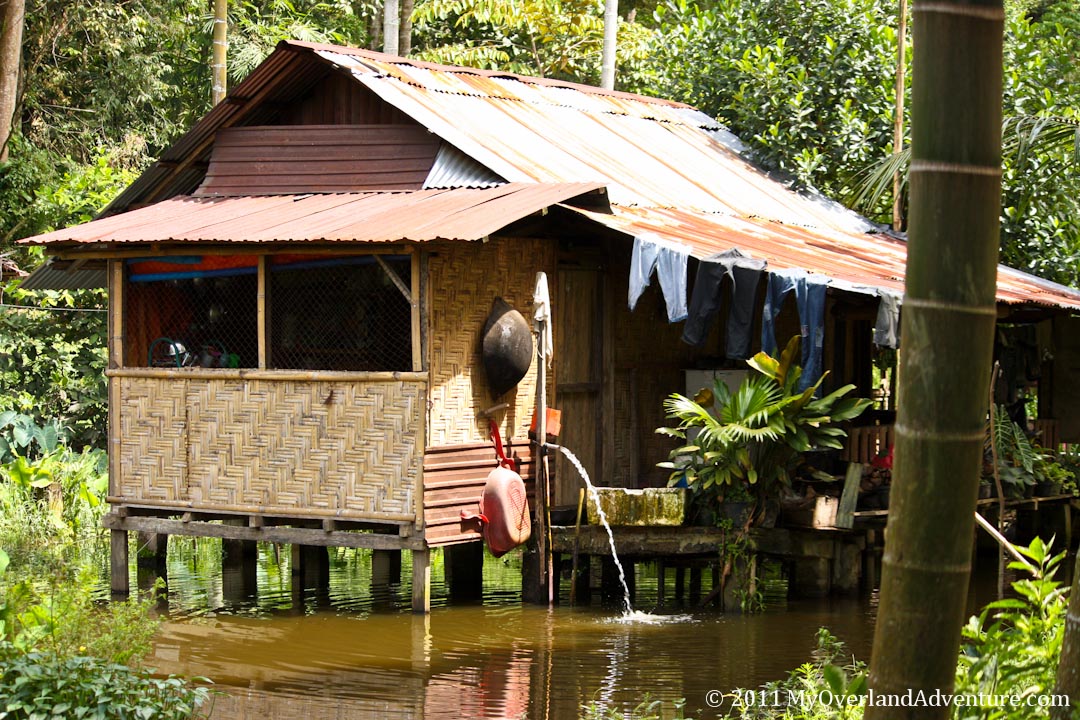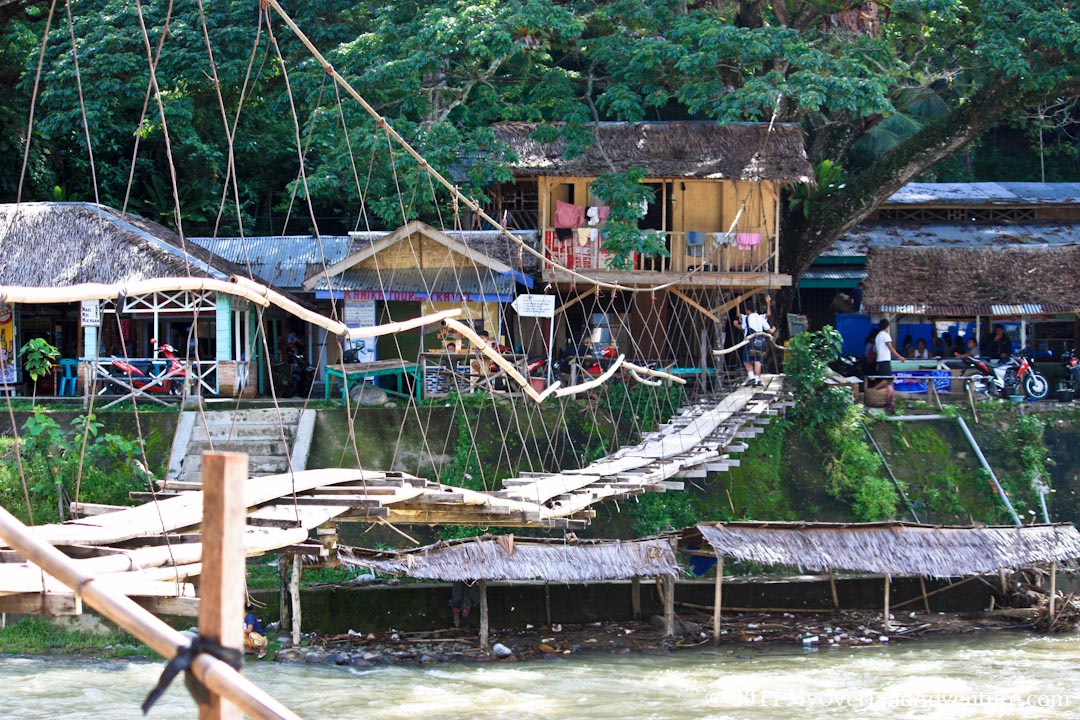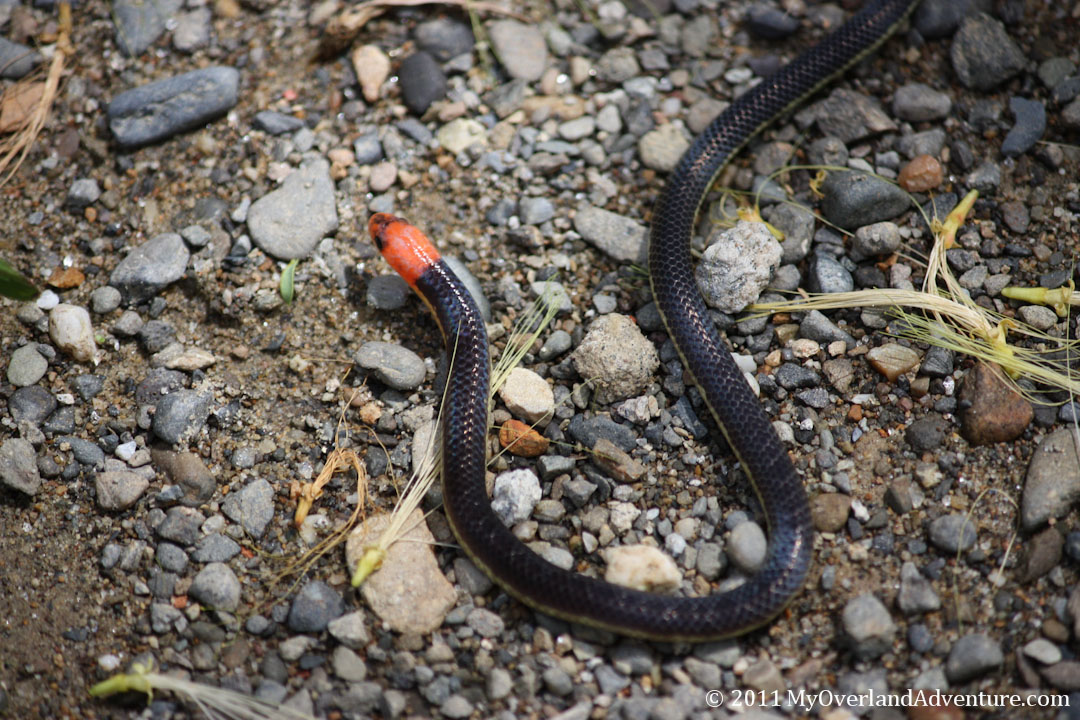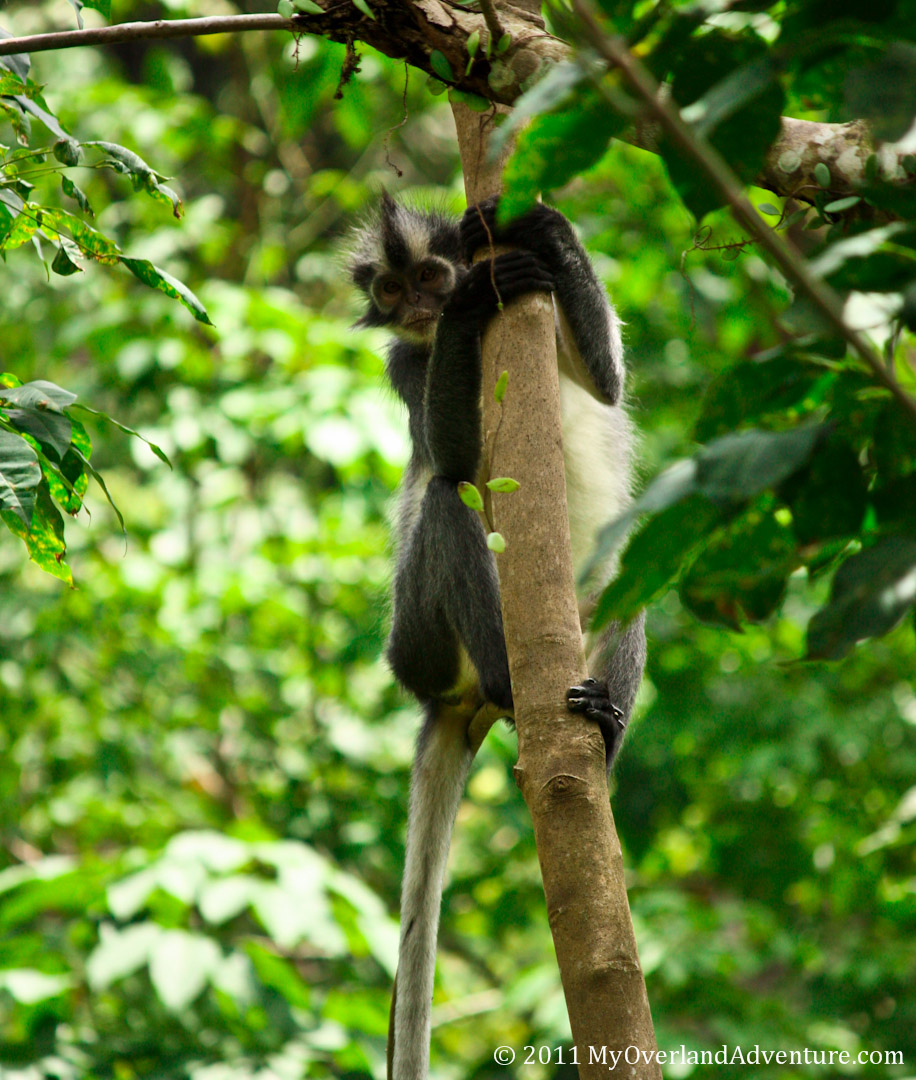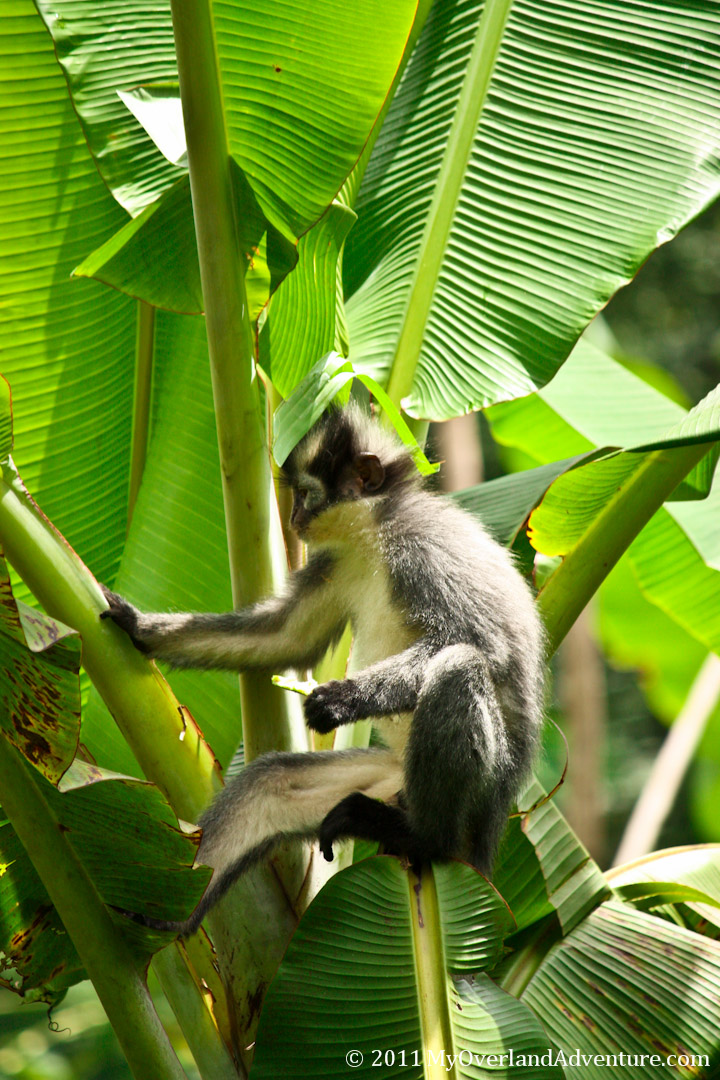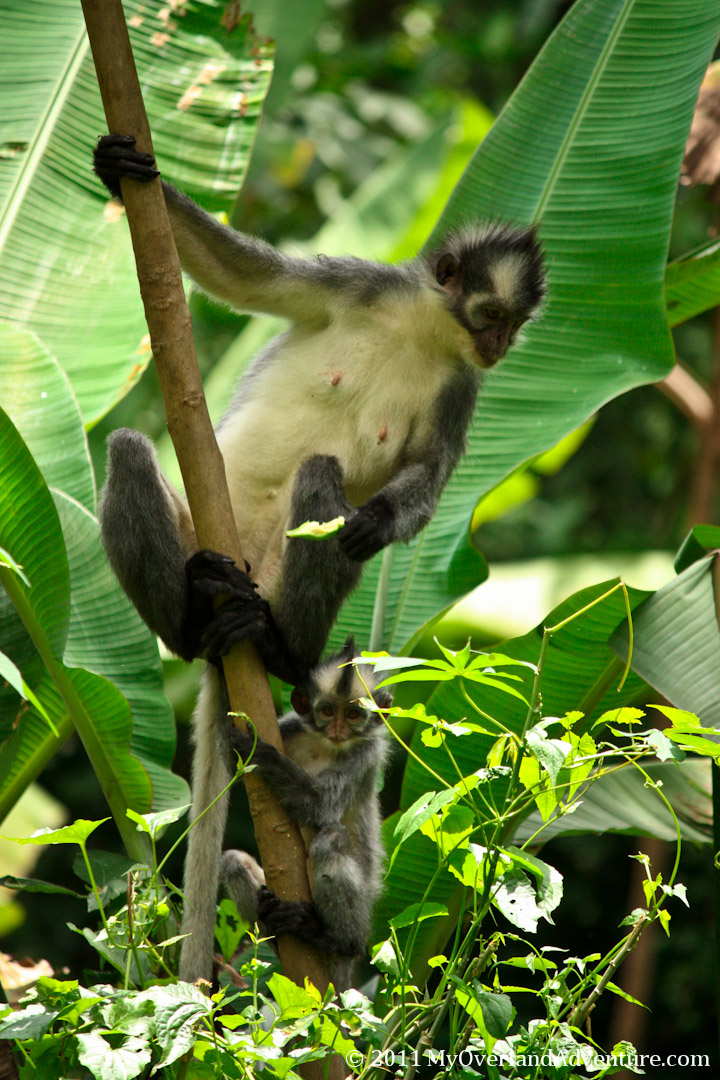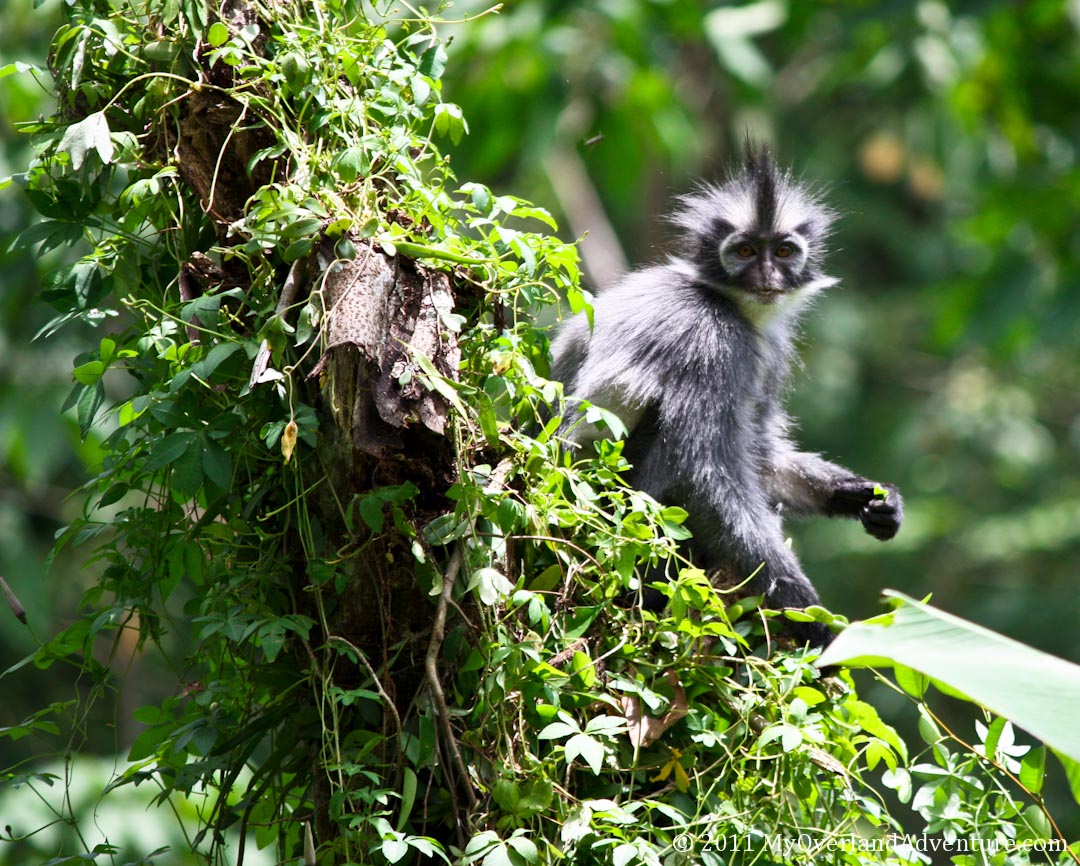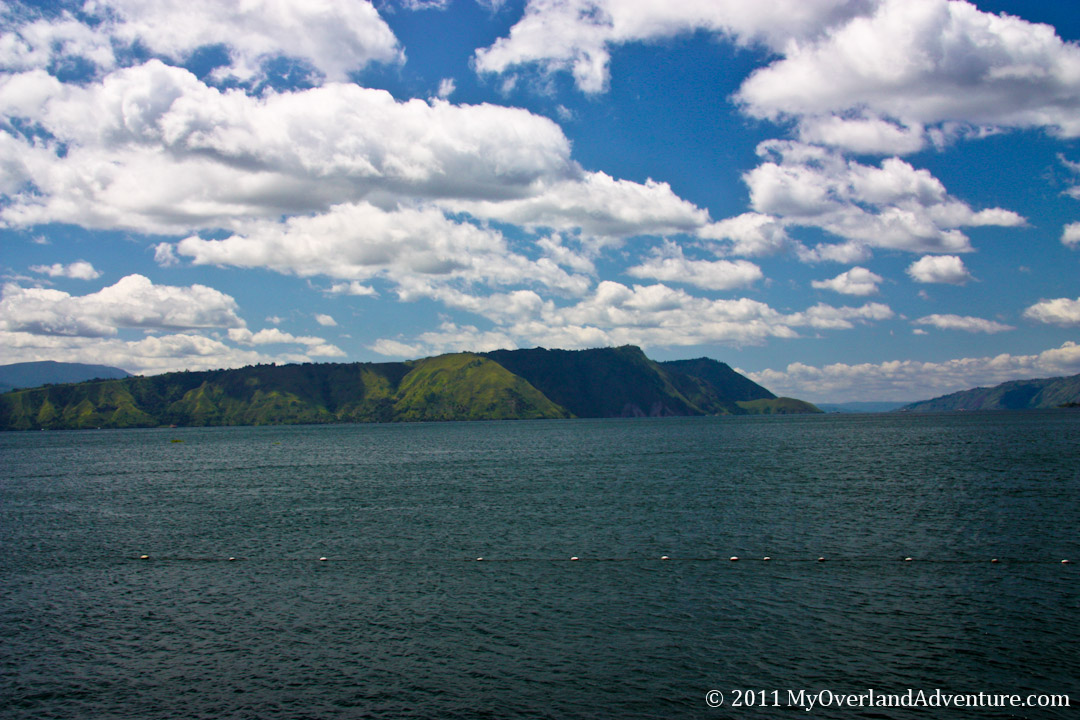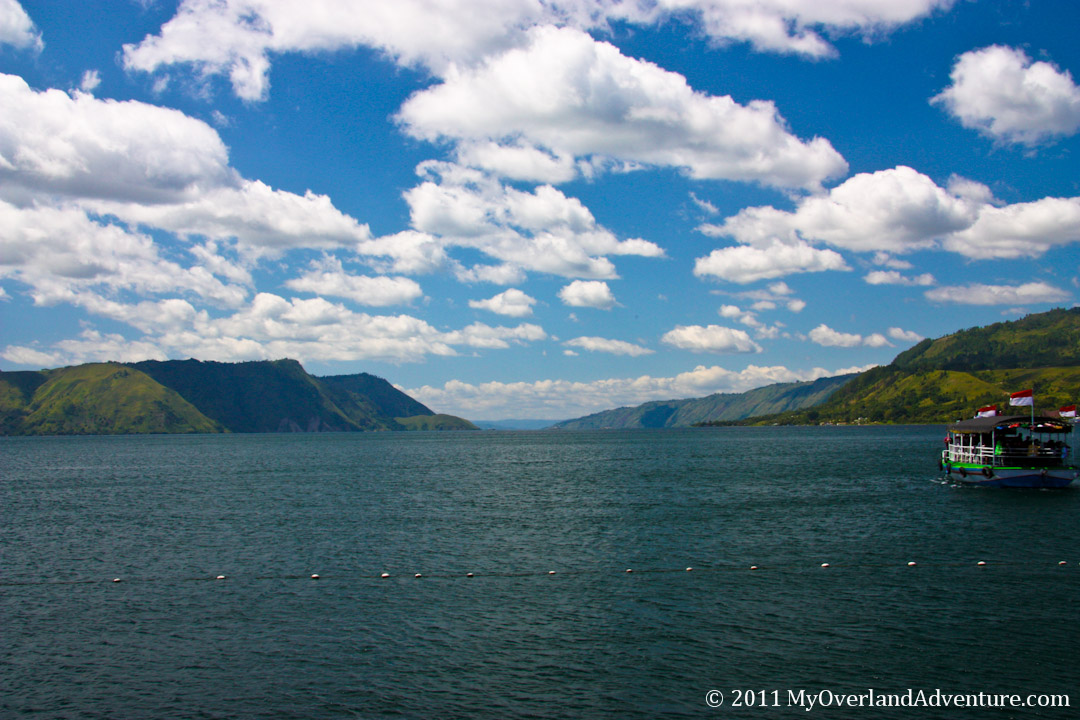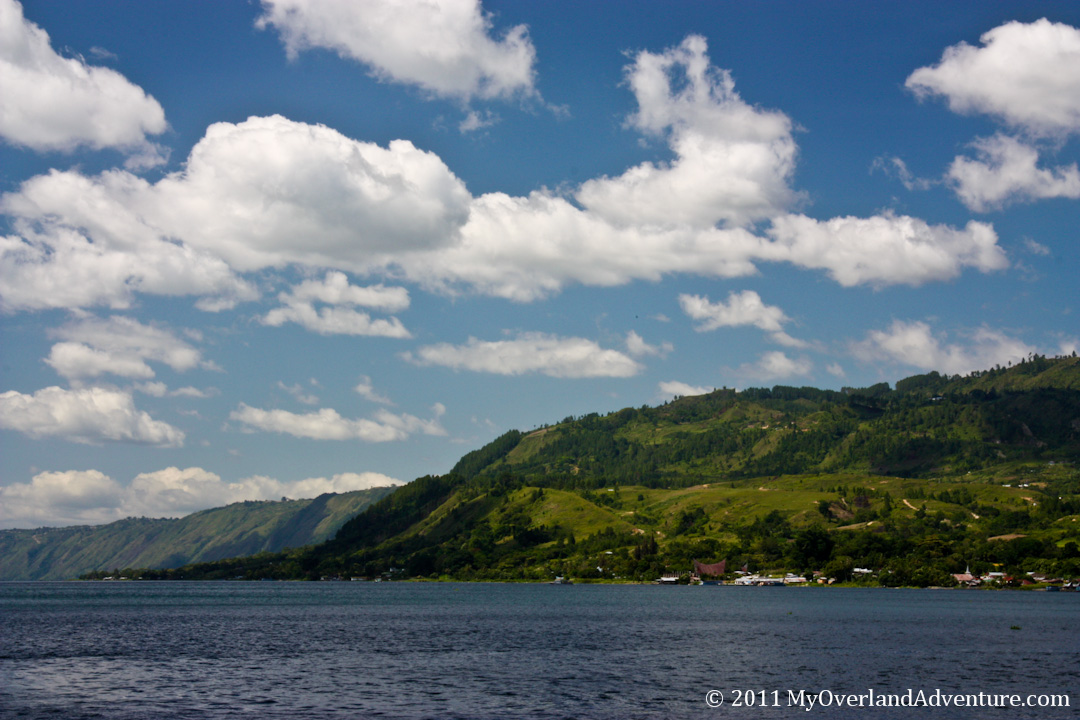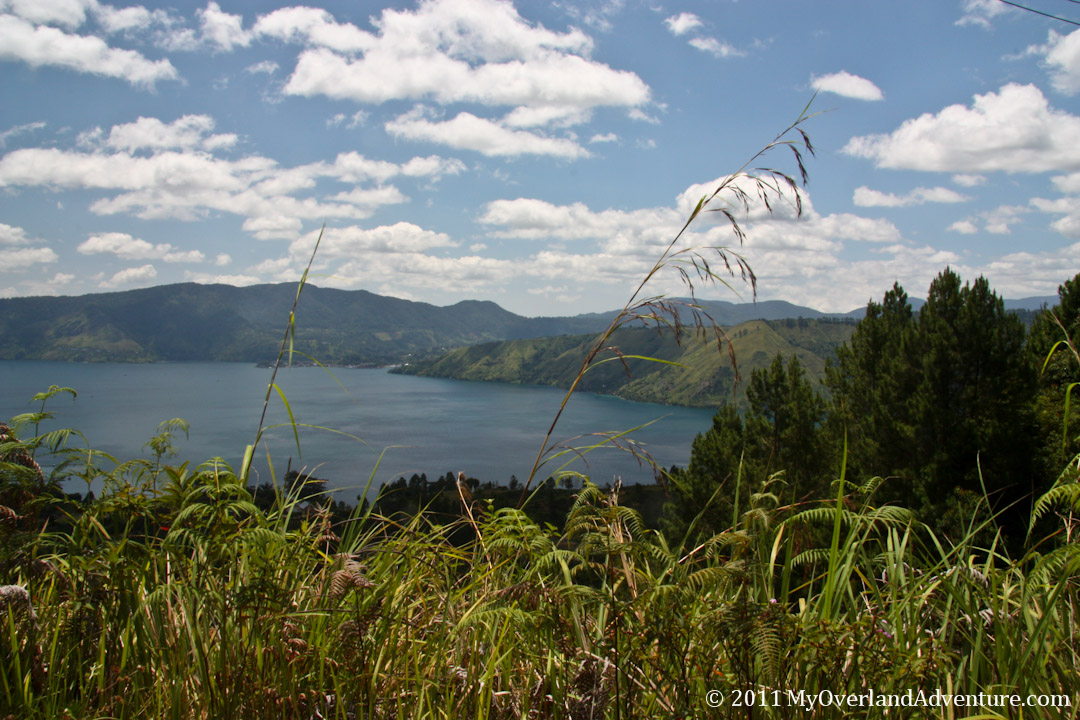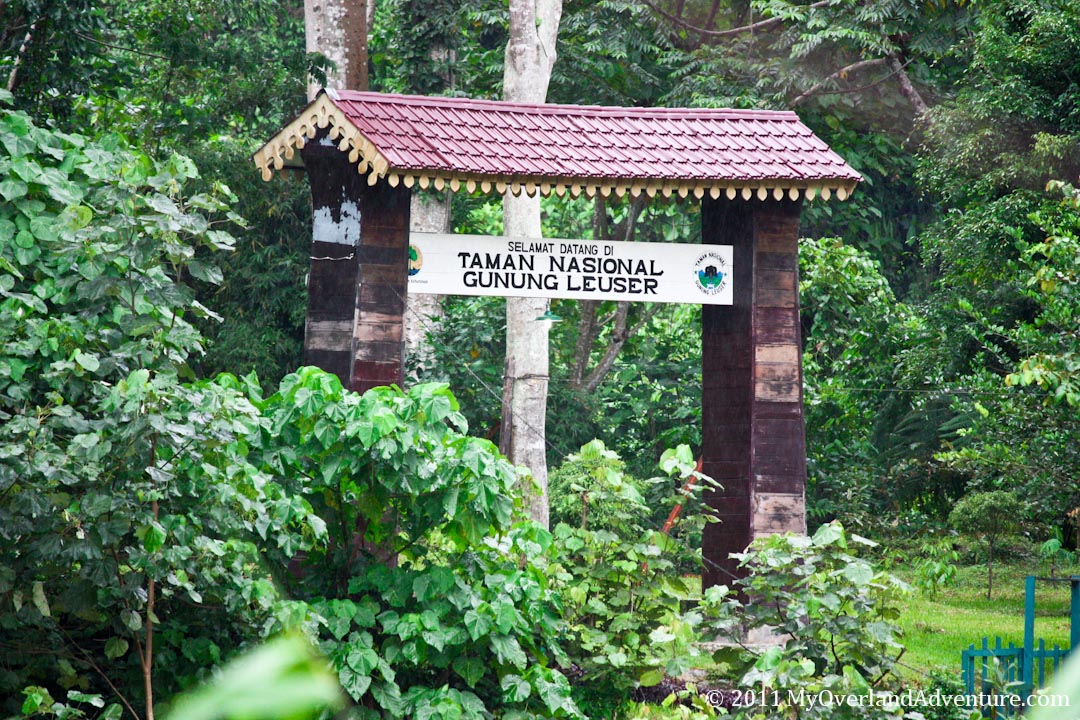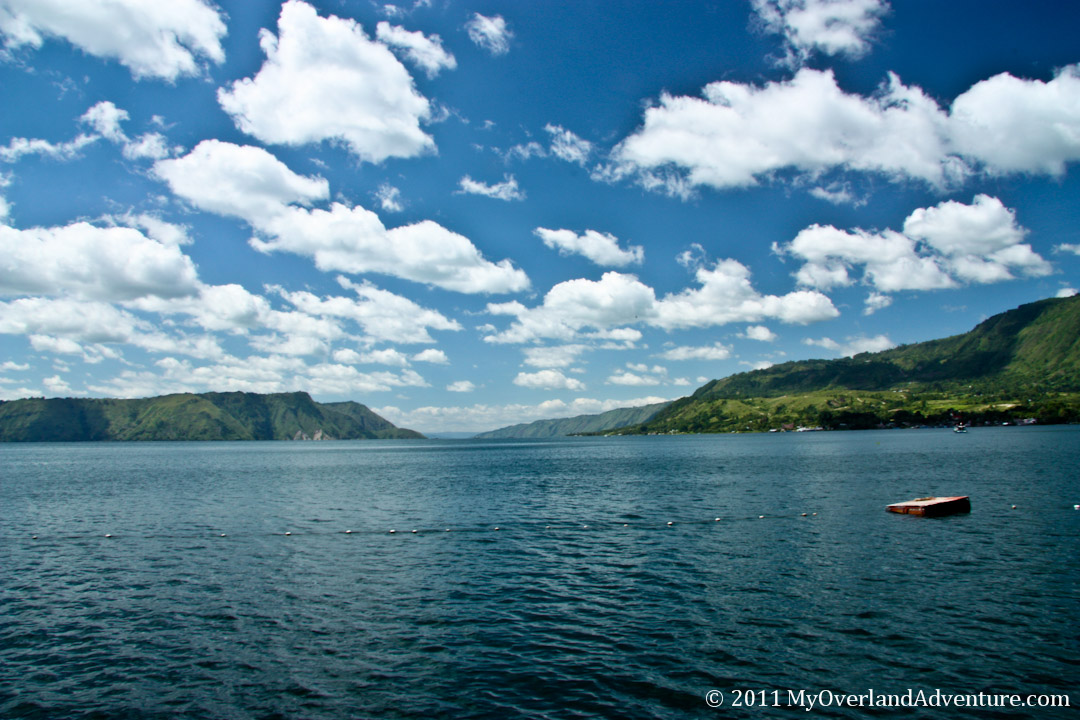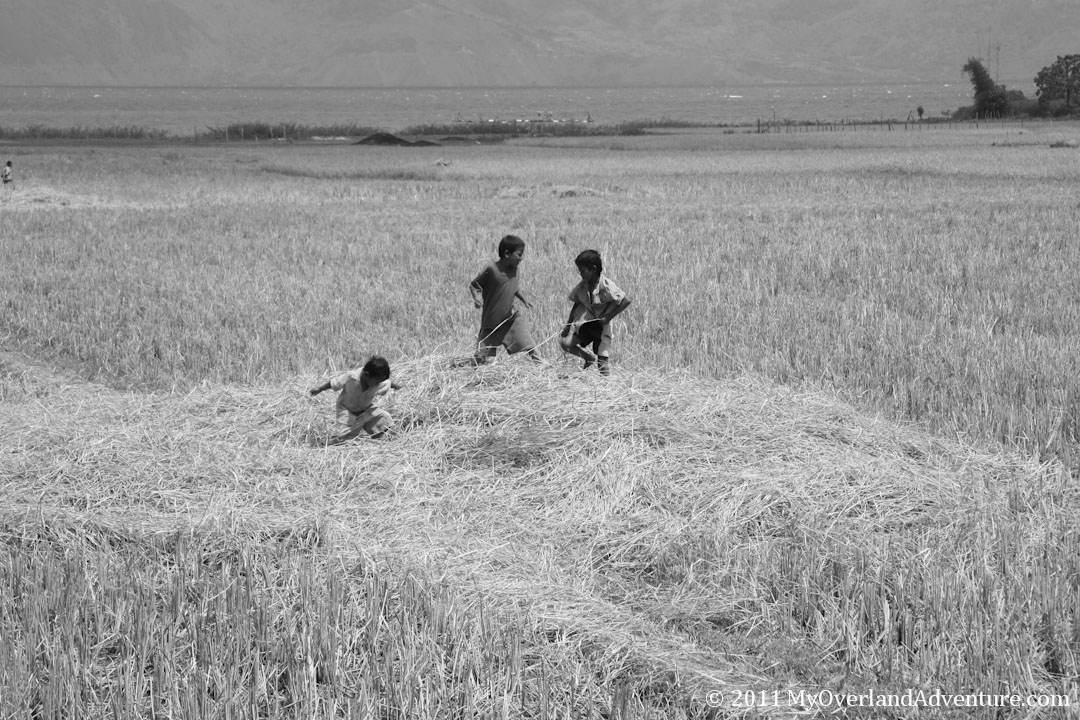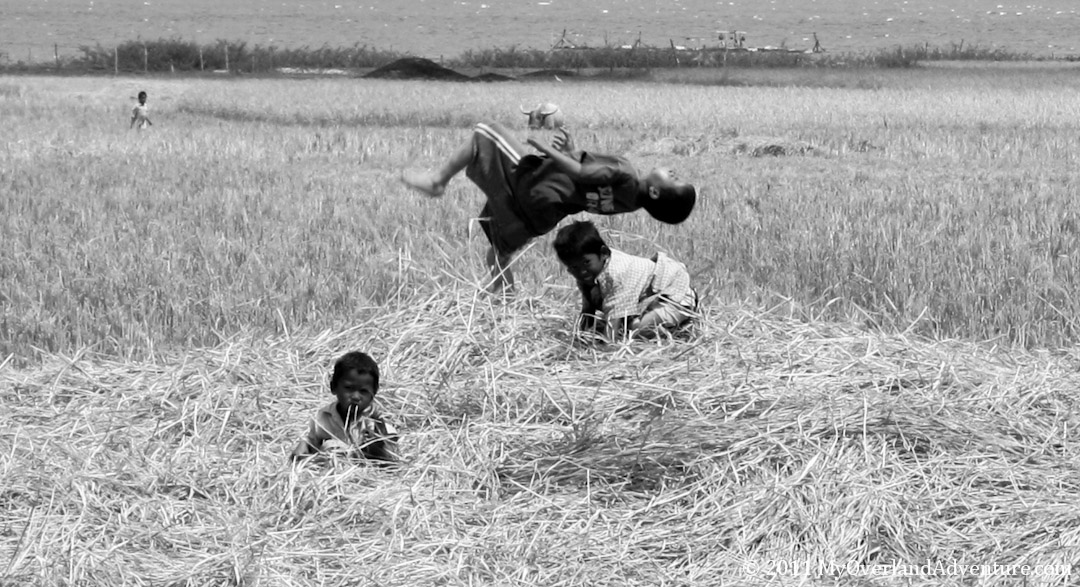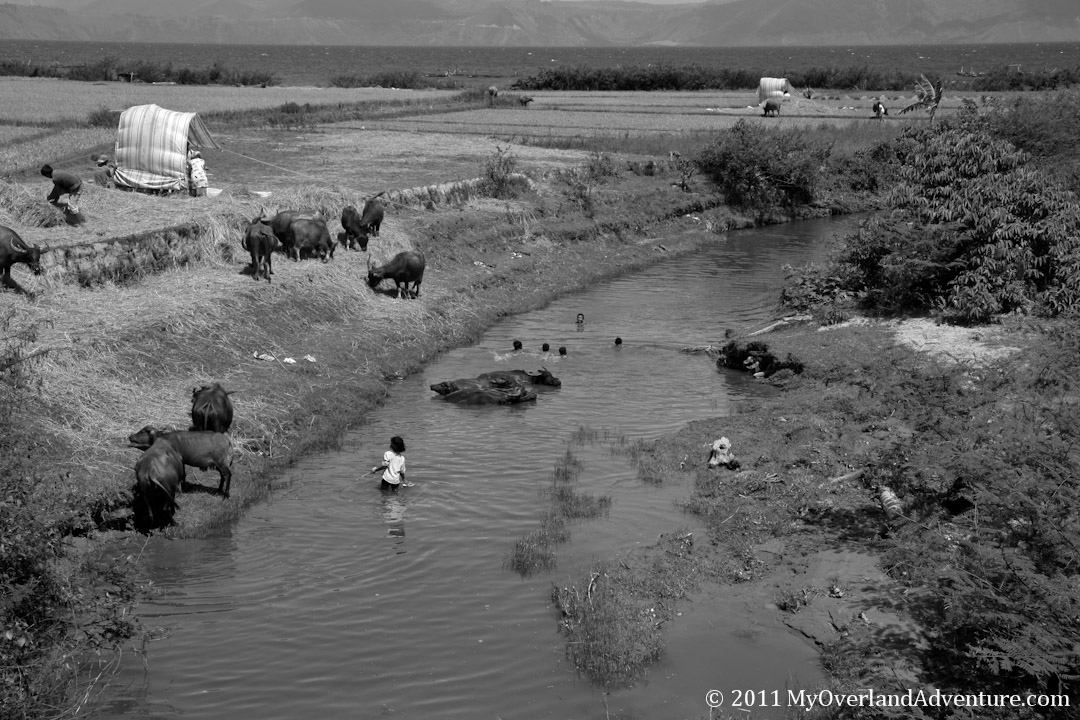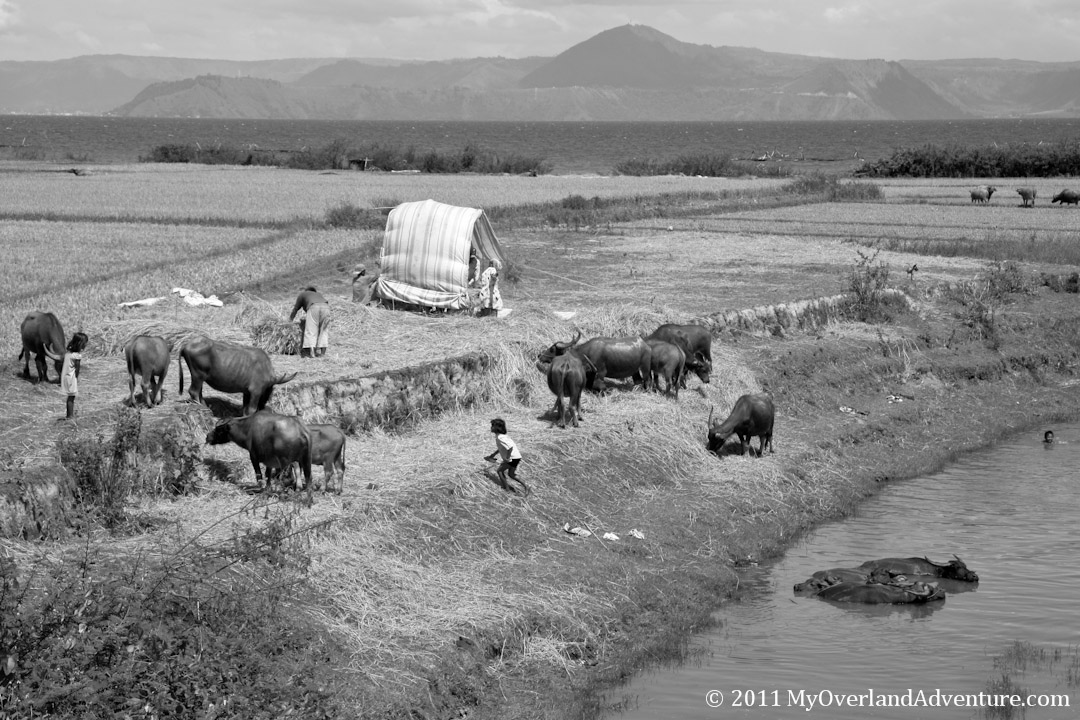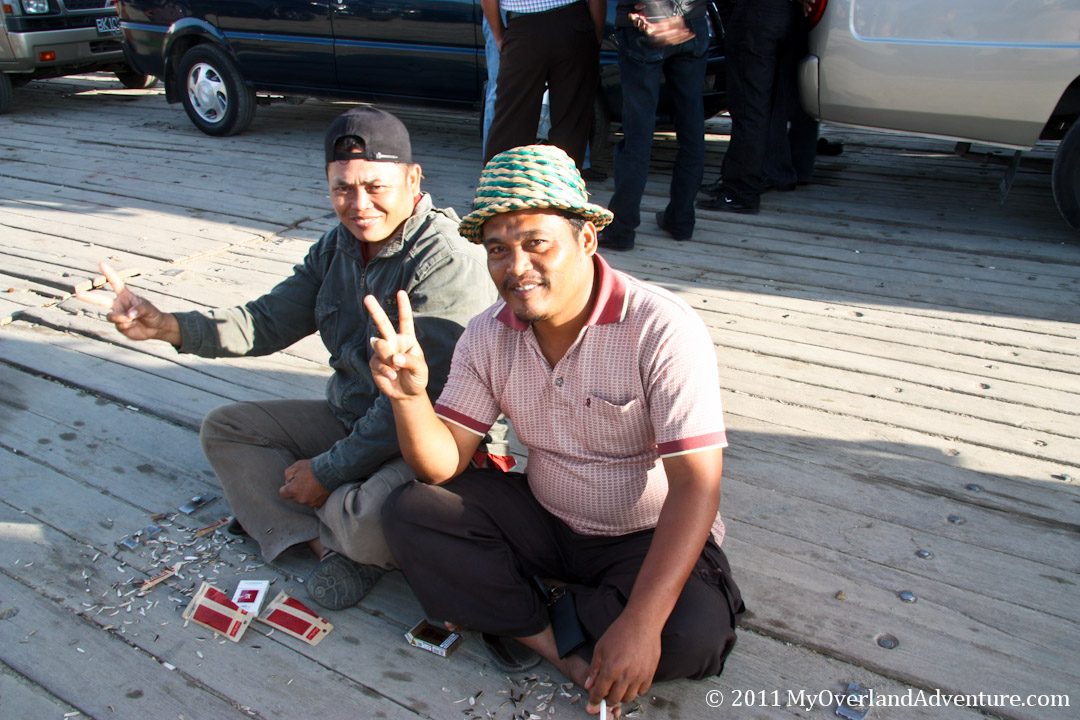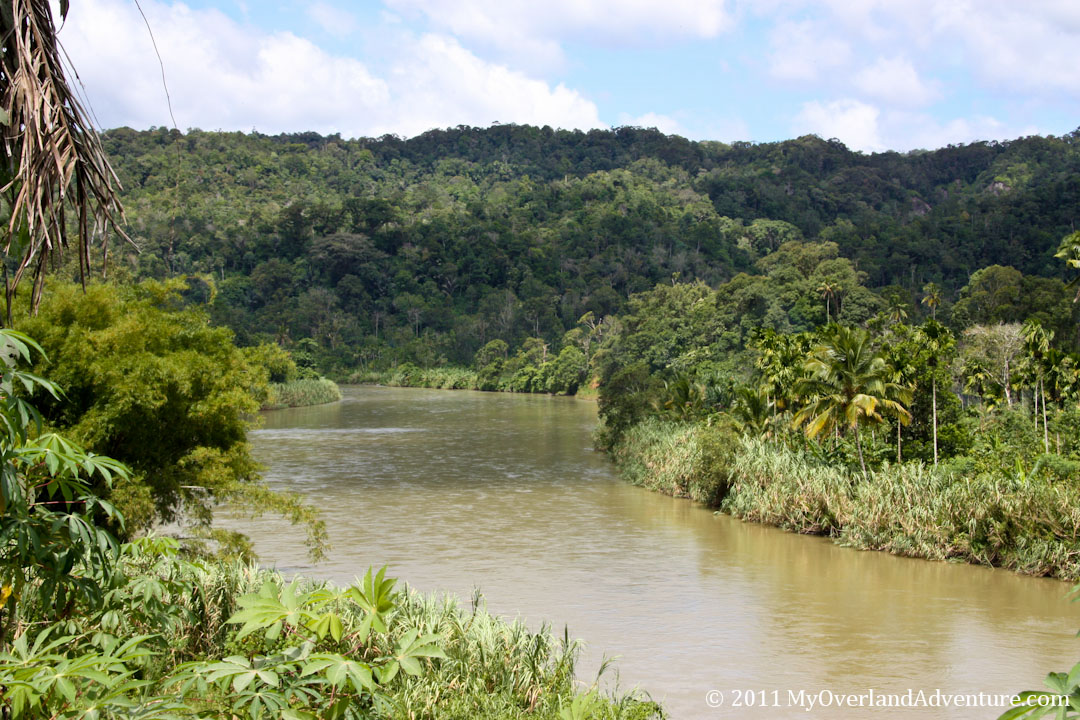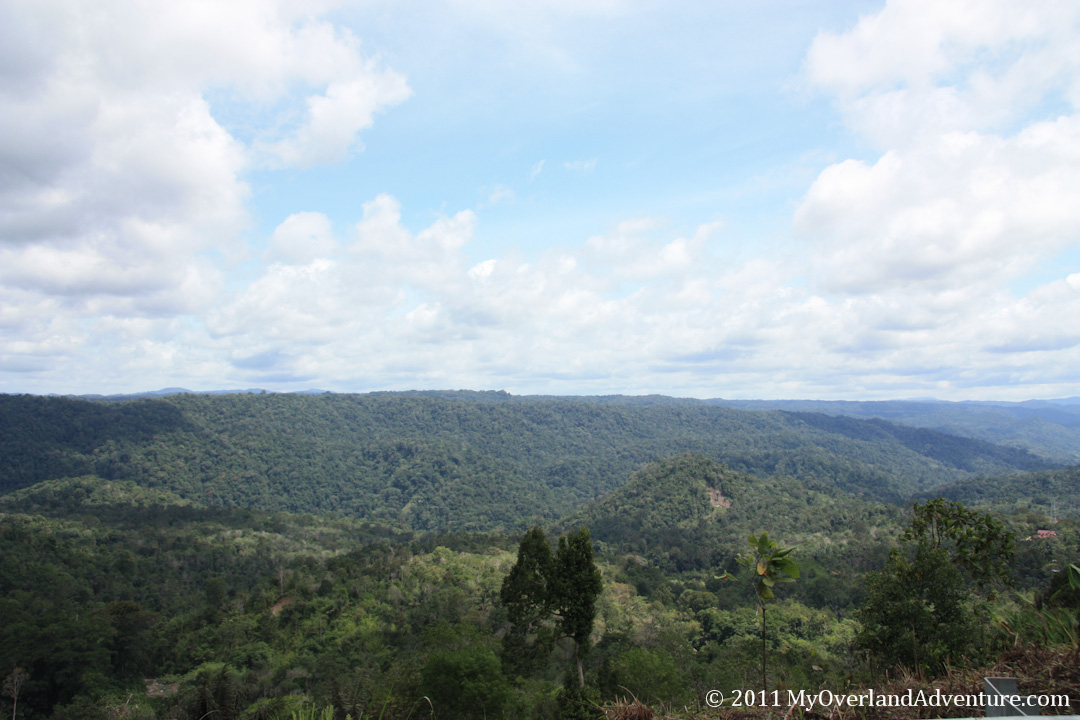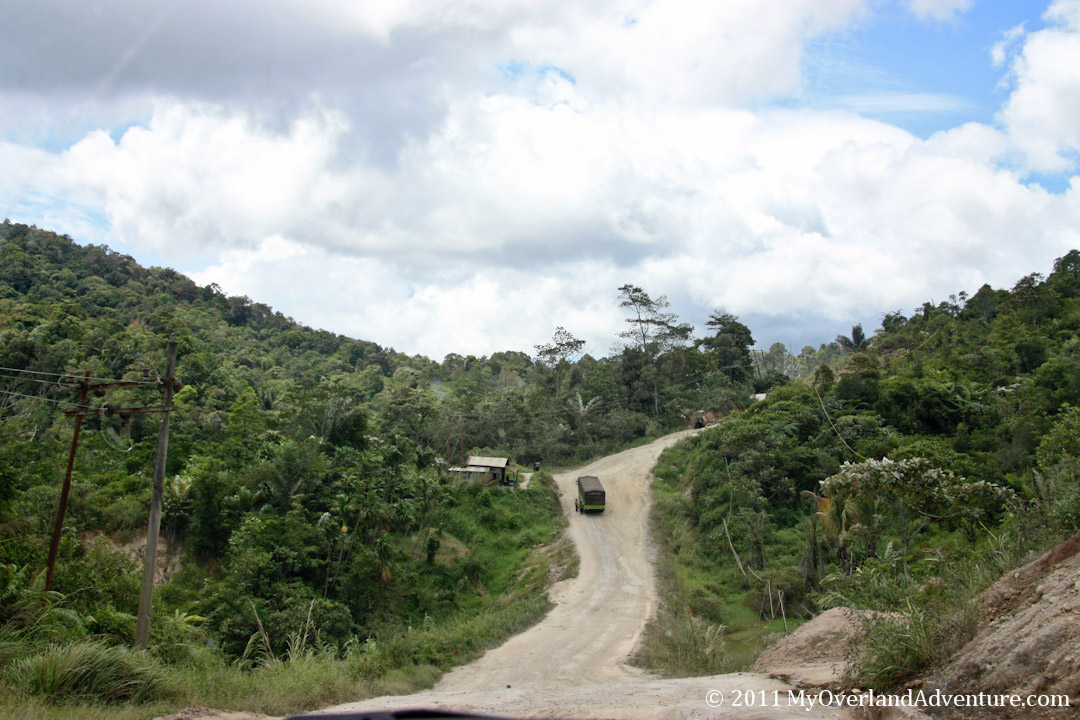We arrive in Sumatra, Indonesia, famed for its rainforests, wild orangutans, tigers, and rhino, in addition to its beautiful beaches, volcanoes, and lakes.
Sumatra has an area of 163,557 square miles (423,611 km2) and is about 1,050 miles (1,690 km) long and up to 250 miles (400 km) wide. It is the sixth largest island in the world by area, greater than twice the size of Great Britain. Given the terrain of the island is comprised of several volcanoes, up to 3800m high and covered by rainforest, it is likely the distance we will travel through the island will be around 2000-3000km.
27th April Medan
From the airport we grab a taxi and arrive in Medan, the gateway city to Northern Sumatra. The hotel we had chosen is not too great but convenient to the port for when we pick up the car.
Martin heads off to the shipping agent to be told that the ship will now not arrive until the 4th of May, instead of tomorrow as we had previously been advised. (We would have gone to Melaka, where Martin’s granddad had lived if we had known we had a bit more time).
In the evening, we meet a couple and their boy from the Reunion Islands who are heading to Bukit Lawang the next day and as we unexpectedly have some extra time, decide to go with them. The boy, Milo, speaks French and English fluently, we can’t believe he is just 5! He is also a very big fan of the card game, Uno, as we soon learn after the hundredth game!
28th April
The 4am wake-up call from the local mosque is maybe a little too early for us and the incessant noise of traffic from the busy main road makes sleep seem like a luxury in this guesthouse. Not looking forward to coming back when we pick up the car from the port!
It is a 3 hour journey to Bukit Lawang in a shared taxi even though it is only 90km away.
When we arrive, we are shown to a room which is basic but extremely cheap (£3.50) so we take it and later sign up for a jungle trek the following day. The trek prices are set by the park authorities, €15 for 3 hours, €25 for a day and €60 for two days and a night in the jungle. Being wary of our cash-flow, we opt for the one day trek, hoping to get the opportunity to see some orang-utans.
The wide and rocky Bohorok river runs through the little town, providing our scenery for the next few days. In November 2003, a flash flood destroyed much of the town, killing over 200 people. Today, there is little evidence that it ever happened.
The bridge crossing from our guesthouse is composed of a few wooden planks linked precariously together and held up by a wire with no railings on some of the sides. It shakes if another person is walking on it at the same time, one wrong step and you go plunging into the fast-flowing waters below! The locals seem to have no problems though, striding across as if they were on solid ground!
We take a walk around with another girl who also wanted to move rooms and find a much nicer guest house just down the river. We end up playing cards all night with some other people at the guesthouse outdoor restaurant and listening to locals playing music, with everyone singing along!
29th April Bukit Lawang – Orangutans and Rainforests
In the morning we receive the news that the car will now arrive on the 1st of May and will be ready for collection on the 2nd.
After breakfast, we move our things to the new guest house and prepare to head out for the trek. Meeting up with our guide Yen, he takes us up a steep upward path into the rainforest. The air is so humid which makes the walk up harder, but eventually the path flattens out and the walk becomes more enjoyable. We enter the Gunung Leuser National park which is thought to be home to over 5000 wild orang-utans.
We pass local men carrying big blocks of white rubber, tied up with bamboo and extracted from the trunks of rubber trees. The smell is quite strong as they pass us; the rubber is taken fresh from the trunk to be transformed into everyday items.
There is lots of our favourite type of plant here, the cocoa plant, the red pods similar in appearance to that of a chilli, just slightly bigger. Yen points out a bitternut tree, used by Indonesian women to alleviate toothache and other ailments. He tells us that people sometimes mistake the red staining of the lips after eating it, for blood.
The rainforest is a canopy of unbelievably tall trees stretching up to the heavens and all manner of plants and shrubs surround the narrow path we take through it. About 15 minutes into the walk, Yen points out a couple of Thomas Leaf monkeys sitting high up in the branches of a tree and we make our way over the undergrowth to take a closer look. They are comical looking, grey with black faces, and a punk-rock hairstyle with long tails. Walking further in, the high pitched noise of gibbons tells us they are close and minutes later two white gibbons with black faces are jumping through the trees in front of us.
As we continue to walk through the jungle, we spot what we were hoping to see, an enormous orang-utan in the distance with its young in her arms, sitting on the edge of a branch. Her orange colour is contrasted against the whites and greens of the rainforest. It almost looks like they are both suspended in the air, unsupported. She is using several large leaves as a makeshift umbrella! Amazing!
We back track a little and suddenly come across a huge male orangutan, sitting quite low in the branches of a tree, and munching on some leaves, whilst staring curiously straight at us. This one is Baba; in Indonesia this means the biggest of the big. It is absolutely amazing, we can’t believe he is literally only a few metres away from us. We didn’t dream we would ever be able to get this close!
His size is quite intimidating, easily weighing over 100kg, and I begin to wonder if this distance is safe! He is also a completely wild orangutan. He uses his huge muscular arms to propel him from tree to tree, moving in our direction. Martin has the camera and is moving towards him to get a good shot. I notice him staring at the camera or Martin, slowly coming closer and closer. Our guide says we are too close so we start to move away. Martin is behind me when the guide suddenly says ‘hurry, hurry!’ and grabs my hand. Fight or flight kicks in as Martin runs as fast as he can to get away from the enormous orangutan, as he swings through the trees towards us, just passing over him on the other side of a small path. We know who definitely would have come off worse in that fight! Yen explains that he ‘quite likes stealing people’s back-packs’ -now you tell us! Lucky escape!
With the adrenaline now firmly pumping, we head off further into the jungle for more adventures! There are a couple of guides sitting down who say hello. We begin to chat and turn around to see an inquisitive female behind me, looking at us, not even realising she was there! She is hanging languidly between some trees, just another lazy day in the rainforest! Her young are swinging in the treetops high above her. This orang-utan is Sandra, who is semi-wild; she was released back into the wild after captivity and rehabilitation.
We watch as one of her young swings down from the treetops towards her and holds out their hand for her to take it. She then puts the baby orang-utan under her arm and swings away. Yen tries to entice her with some bananas and the plan works, as she begins to move towards us. After our last encounter, we are more cautious, but Yen assures us that she is friendly, so we stay close. Again, there is another orang-utan within a couple of metres from where we are standing. She picks up the banana off the branch with huge strong hands and shares it with her baby in front of us. Wow!
As mother and baby are both eating their second helpings of banana in between looking at us, the trees to our right begin to rustle. A bigger female is moving towards her, also with her baby in tow. This one is Suma (short for Sumatra), the first orang-utan released into the wild in the 1970’s and the oldest at 29.
We are extremely lucky to have seen so many today and have so many close encounters.
We hang around watching them for an hour or so. The skies darken more and more until it feels like night, so we decide to head back. As we do the skies open up to release a torrent of rain. Martin grabs a couple of large leaves copying the orang-utans, using them as an umbrella!
We walk back for an hour in the rain completely drenched, along the slippery and muddy path, some parts beginning to turn into mini streams.
We stop at a small hut on the forests edge where we have a banana leaf meal of spicy fried rice with vegetables and tea, followed off by lots of fresh fruit. For the first time we try durian, the fruit we have heard so much about but have never tried so far. Famous for its supposedly bad odour, it has an extremely soft, sweet and creamy flesh. Neither of us are too keen but the sweet pineapple we are given next is delicious, so we leave happy!
With the rain pouring down for hours, we notice the river in front of our room rising quickly to about three times the height it was in the morning, and turns into a raging torrent. Wary of the flood risk we keep a close eye on it; once the rains stops, the river quite quickly returns to its normal height.
We spend the evening playing cards with the other guests and have a couple of drinks.
30th April
We have an early start to get to the orang-utan feeding platform for 8am but we bump into our fellow travellers on route who tell us that the wire which pulls the canoe to the platform had broken in the night due to the heavy rain and so no-one was able to cross. So we then decide to get some breakfast and take a walk by the river. The path does not go too far so head for the Batu caves, the route taking us through the forest on muddy tracks, passing a small house on the river on stilts and men carrying heavy sacks on their backs.
Walking along, enjoying the scenery, I nearly step on a snake on the path, which when we show the photo to locals inform us that it is commonly known as a Chilli snake and is also poisonous! The Chilli snake or Red Headed Krait, indigenous to Asia, has an extremely toxic venom and people have died from their bites. Most krait bites occur at night and many people who are bitten, are bitten when they sleep.
We pass an elderly man who is the cave owner along the way, which some locals inform us of once we are past him.
The route is not signposted clearly so we have to turn back a couple of times to get onto the right path. At the end of the path is a lowly man under a makeshift tarpaulin tent who tells us there are two caves which would take about 15minutes to get to. The steps down are steep and slippery and the route through to the caves is up an old wooden ladder and then who knows from there! So we decide to give it a miss, explaining to the guy when we come back out. He looks a bit worried and asks us to wait until his grandfather gets there to explain. 20 minutes later, the grandfather (who we had passed earlier) arrives. They speak amongst themselves, so a few minutes later we offer a bit of money just to leave!
On the way back we come across a troupe of Thomas leaf monkeys, swinging through the palms, munching away on the surrounding plantations. There are at least 7 of them, including young. We stop to take some photo’s and hear the sound of rain coming from above. Unfortunately it’s not rain, but a cheeky monkey peeing above our heads! Needless to say we dive for cover!
Later we try to go over for the orang-utan feeding but when we get there, there is no-one around. A few minutes later, a guy appears on the other side of the river, shouting across it, telling us the boat is not making the crossing today. By now, it is raining hard so we decide to stop at a cafe overlooking the river, watching the local boys having a great time bouncing along it in big black round rubber tubes.
In the evening, we have a meal back at the guest house, while listening to the locals playing great live music on acoustic guitars, including loads of English songs which they play perfectly, and know almost all of the words!
Our first few days in Indonesia have been fantastic, it is such a diverse place, and we have found the locals to be genuinely friendly, with no strings attached, and the general atmosphere is much better without the hordes of tourists which flock to the rest of south-east Asia. We hope the first few days here are the sign of great things to follow!
1st-5th April
We take a roller coaster ride back to the noisy city of Medan in another shared taxi, to wait for the shipment of the car from Malaysia.
Martin heads of to the shipping office to be told that the ship is delayed and will not be in port until the 3rd.
We spend the next day shopping in one of the big malls in Medan.
The next morning Martin goes to the port to clear the shipment; at customs, they appoint him a “helper” to arrange the trucking etc. however the fees he suggests are much more than the cost of using a clearing agent. In the end he calls as Abel Logistics to clear the car for us.
Abel Logistics start the process of clearing our car the on the 4th; unfortunately despite spending the whole day in the port we are not able to complete the customs check as the crane is broken and we are unable to retrieve the container.
The next morning we return to carry out the customs inspection, Riza picks us up from our guesthouse in the early morning and we wait in the torturing heat in the customs office all day, chatting with the guys. He takes us to a local restaurant where we choose from a selection of dishes laid out on the table in front of us. Martin seems to be very popular today as the girls around the office all want to have a photo taken with him! At 9, Martin finally goes to collect the car and we drive into town for a good night’s sleep.
On route, we stop off at a petrol station, asking for 200,000rp, however, the thieving kid, when he thinks we’re not looking stops the pump at 160,000, and quickly types in 200,000 to appear on the pump display. Luckily Martin had one eye on the pump and confronts him about it. The funny thing is the security guard who was there also seemed to be involved in the scam standing idly by.
6th May Lake Toba
Leave for the 4 hour journey to Lake Toba along small traffic congested roads. The driving here reminds us a bit of India, with crazy devil-may-care motorbikes and seemingly invincible tuk-tuk drivers! We spot the lake and ask for directions towards the car ferry. But the ferry doesn’t leave for another two hours. , so we wait…
The sun sets and we drive in darkness to Tabo cottages, but it appears the back-packers have got there first and only the expensive suites are left. So we head on towards Carolina cottages, in the tourist village of Tuk Tuk and settle in for the night.
7th May
Lake Toba is the result of the biggest volcanic eruption in history, creating Samosir, the island in the middle of the lake, which is almost as big as Singapore! It is the largest lake in SE Asia, a huge blue expanse which goes as deep as 400 metres in places.
We take a drive around the island, making a loop all the way around; with stunning views in plentiful supply, children playing in the hay and jumping on top of huge bulls cooling off in the river! It is much colder up here at 1500m and the temperature is 26C.
In the evening, we head to an open-aired restaurant and have dinner with a bat or two flying above our heads!
8th May
Wake early to make it for the 7am ferry to Parapat on the mainland. The ticket is office is closed so we wait in a tiny cafe where an elderly man shows us photos of his trips to Jordan, Bahrain and Egypt. We guess he must have used his life-savings to afford a trip like that. Near the ferry, a lady is selling sweet treats wrapped in banana leaves which are good. As the sun is rising over the lake, the ferry leaves and we start the 310mile journey to Bukkutinggi.
The trans Sumatran highway is smooth and good, managing to drive at up to 60mph in places. Driving along winding roads, we pass groups of ladies dressed in their Sunday best and a church group dressed in matching white outfits and a couple of guys with saxophones. It is just after the rainy season; we pass pine forest covered hills and green plantations all around us.
The road in general is good compared to those in Central Asia and Pakistan, however they are narrow and in some places full of potholes which slows us down.
The driving standards here are probably equal to those found in India; at least they have wing mirrors and indicators, which they appear to use.
We finally arrive in Bukkitinggi 10 hours later, her looming volcanoes in the distance, swathes of puffy clouds slowly creeping over the peak of Mount Merapi, as the sun is beginning to set.
Click here to leave a comment!
Martin & Nicole


